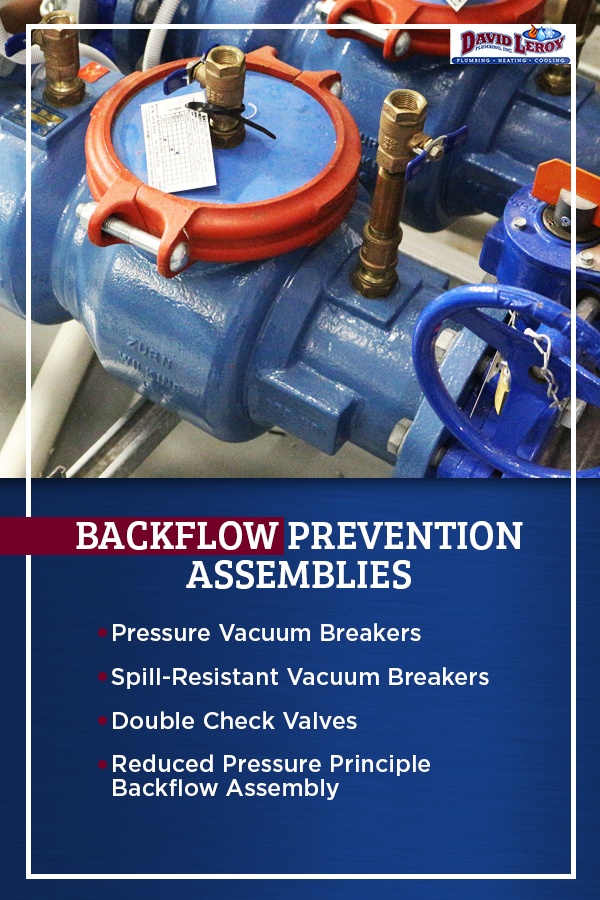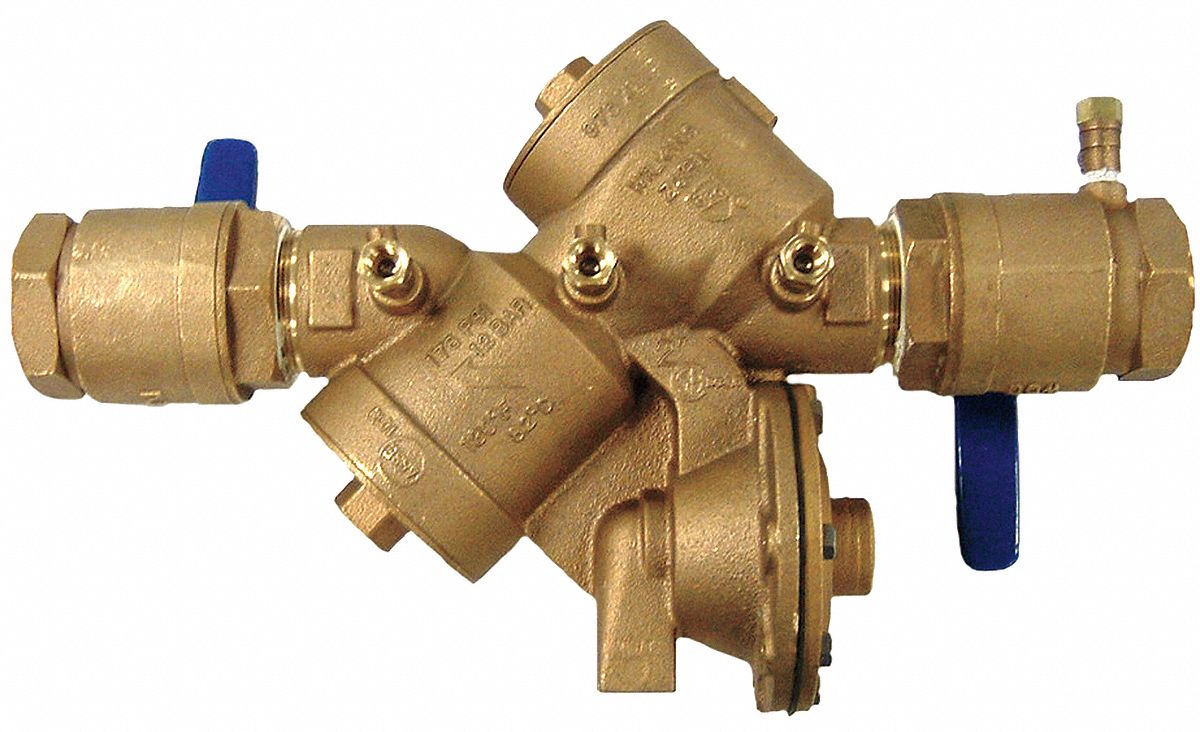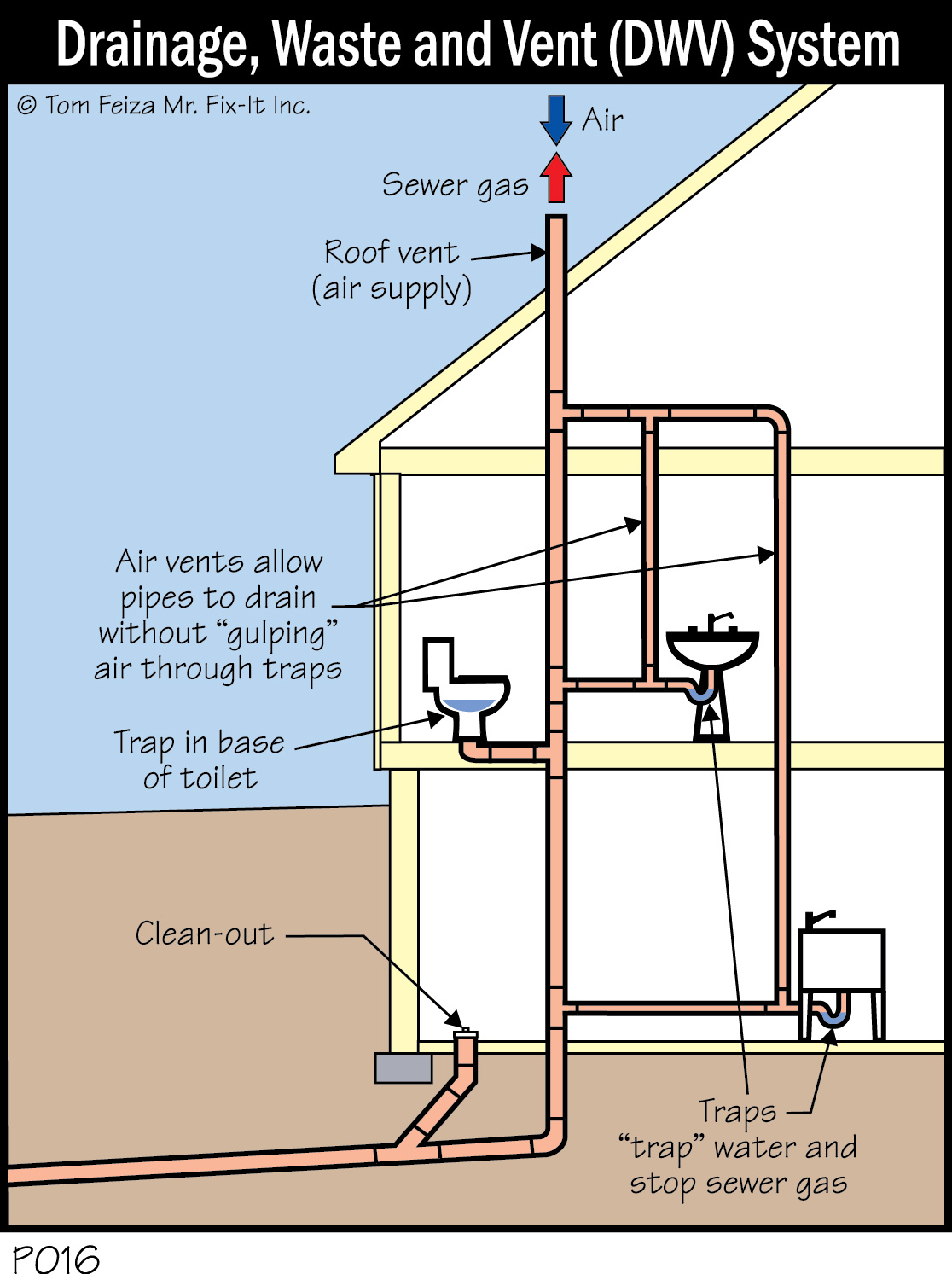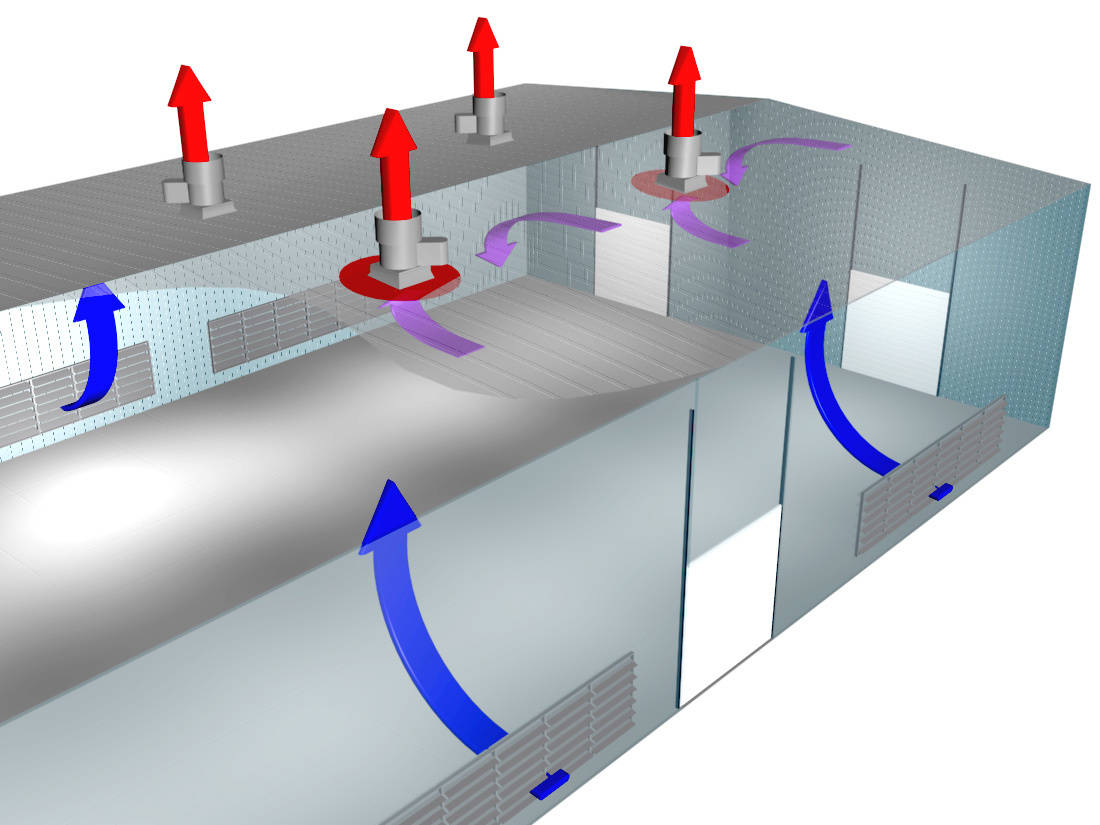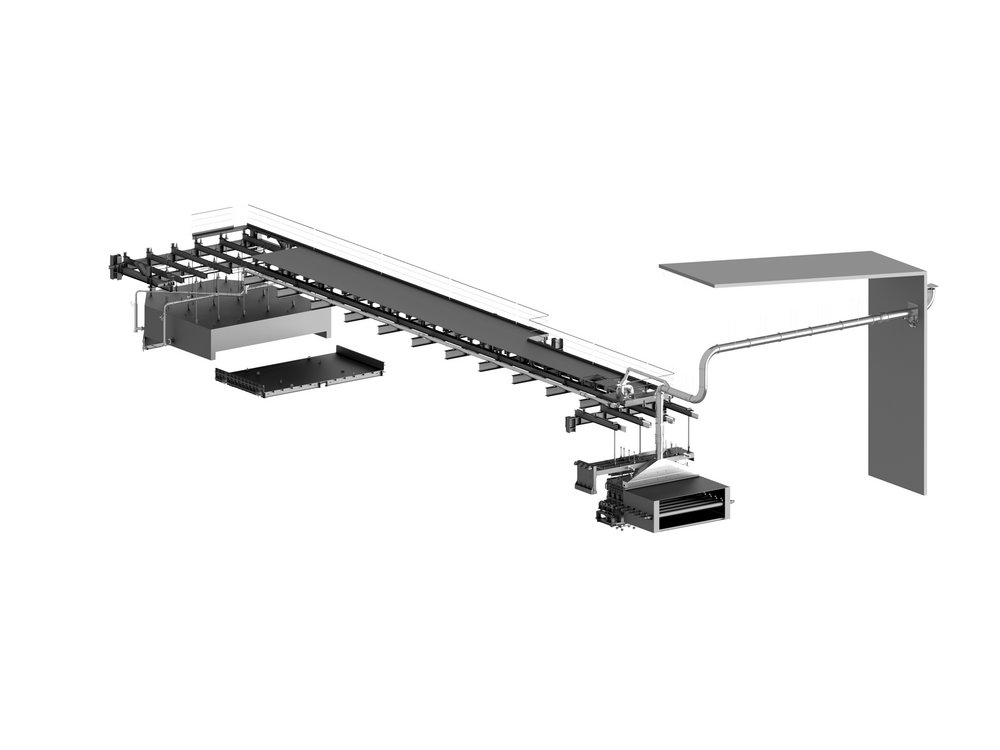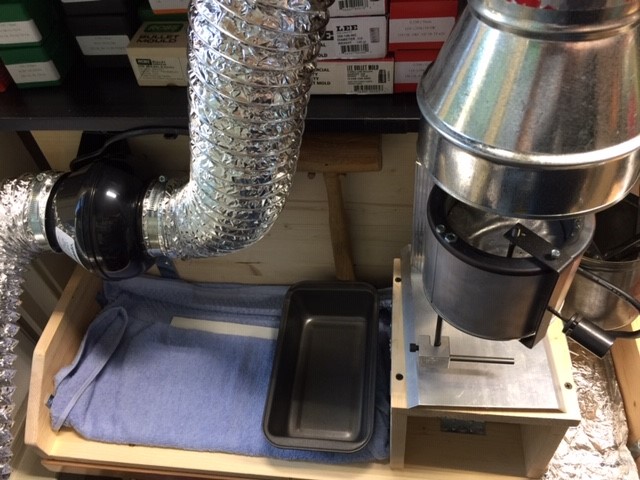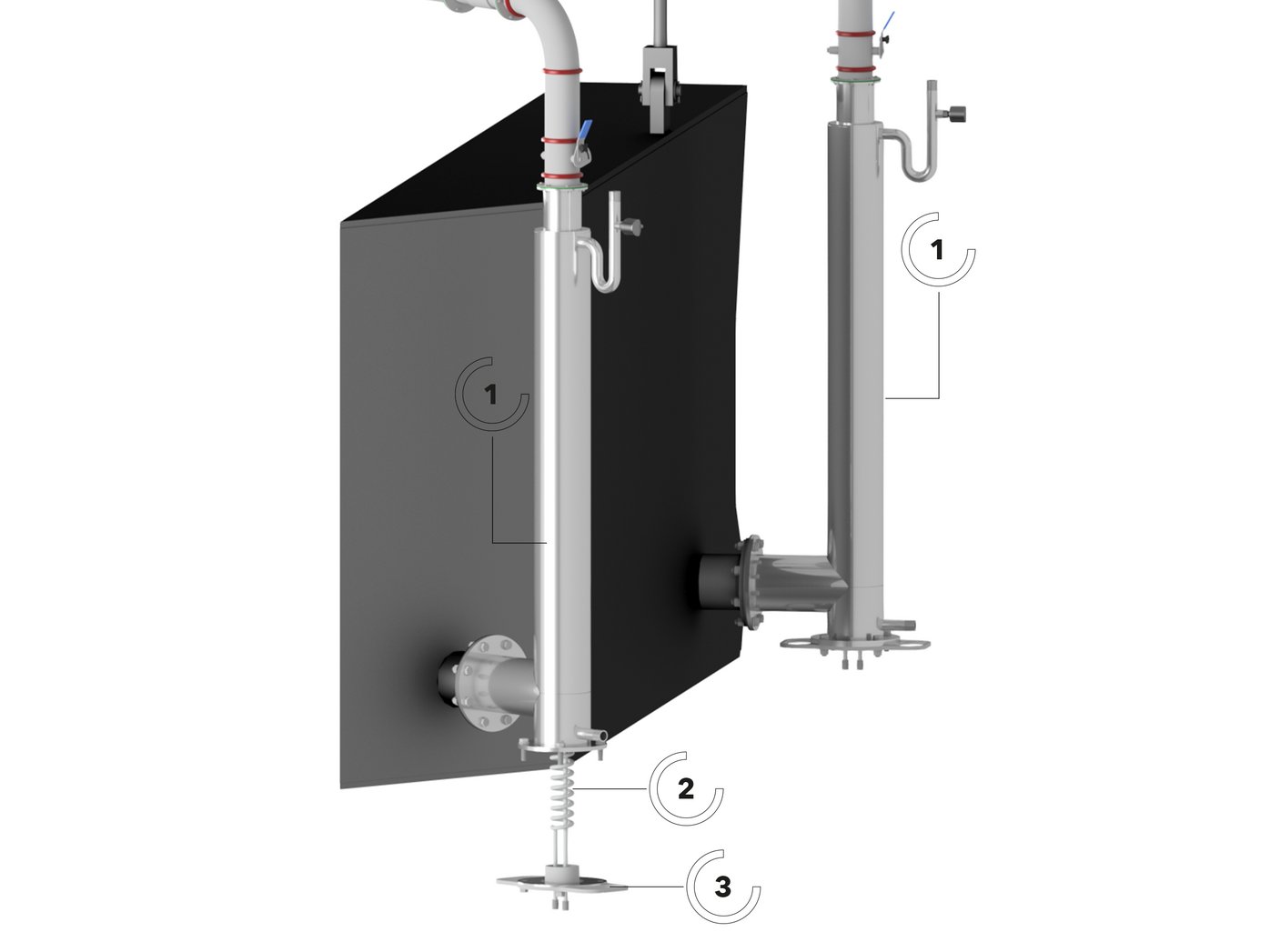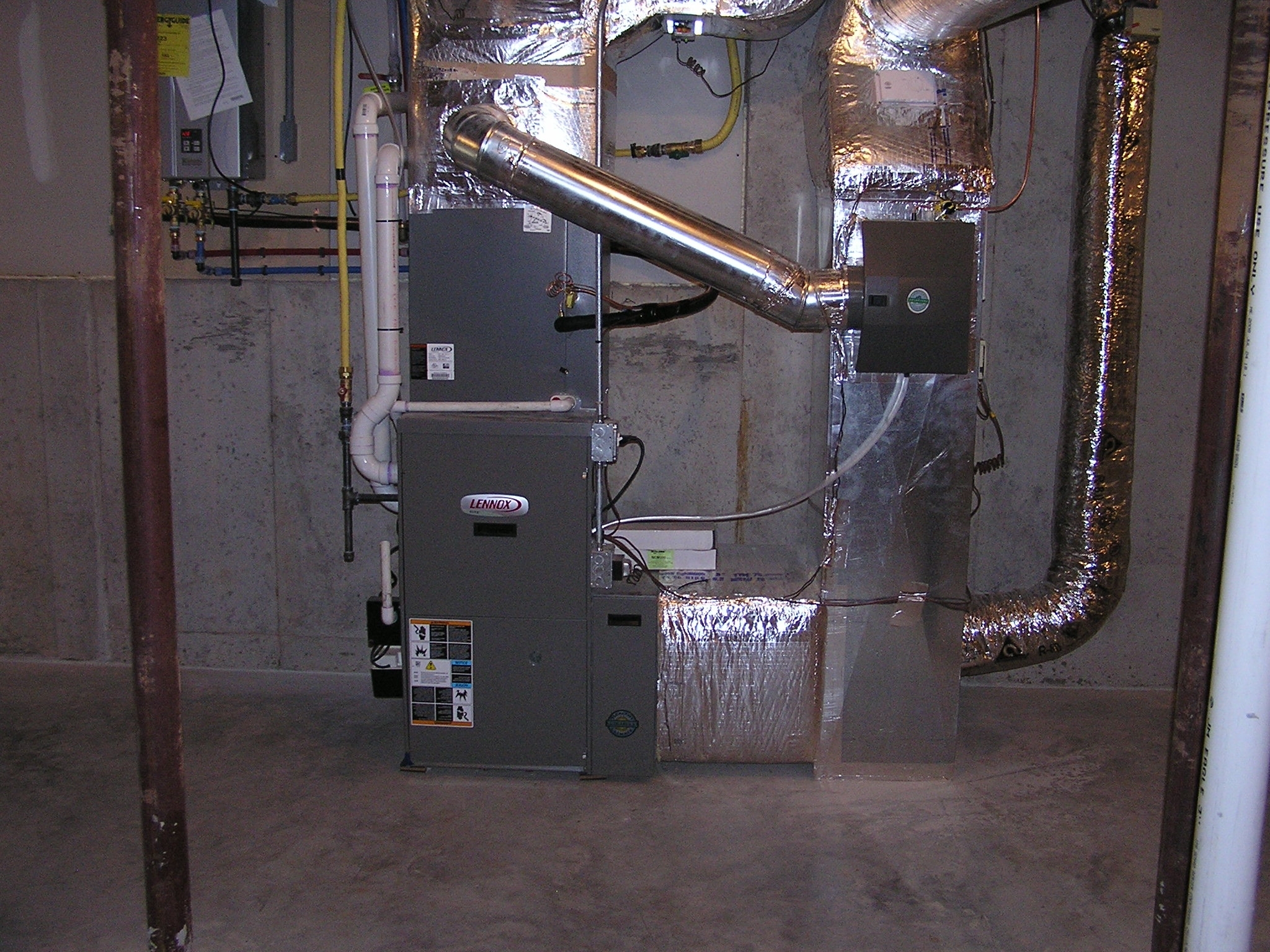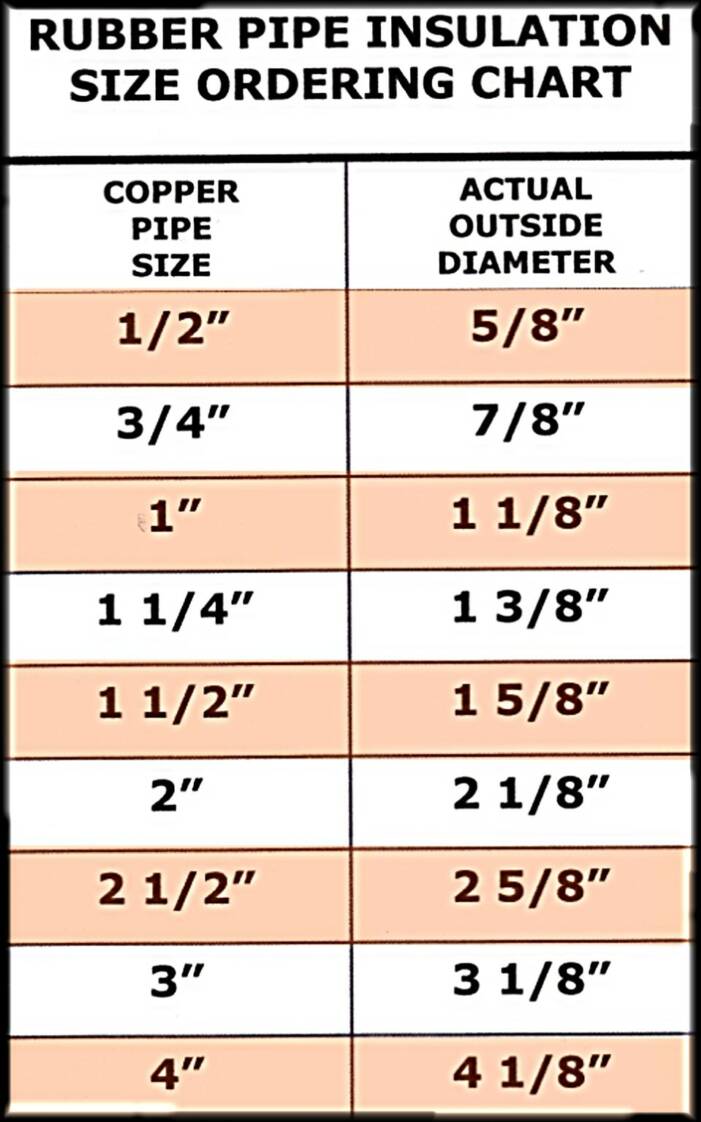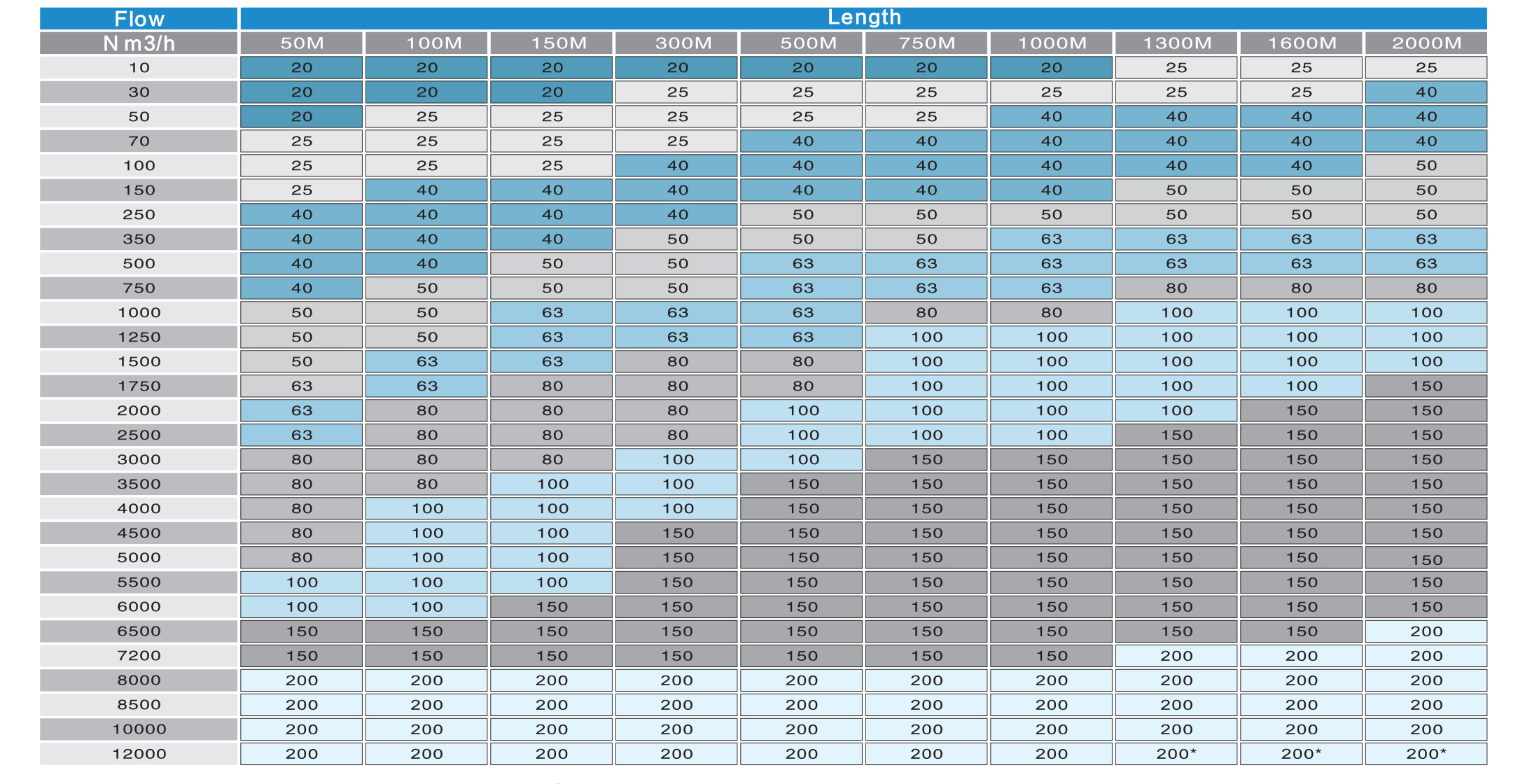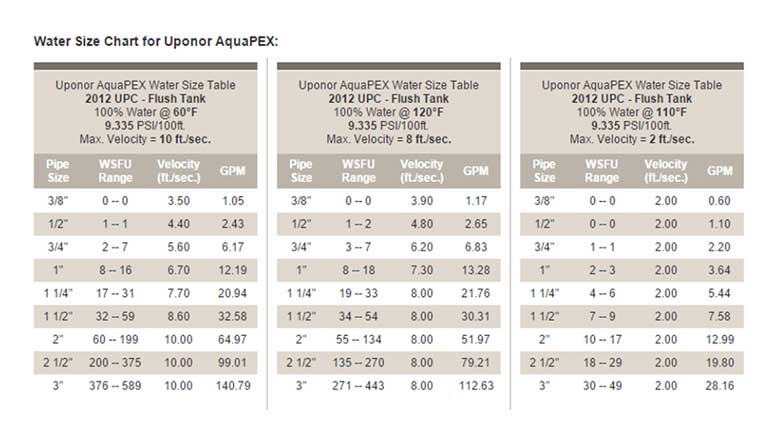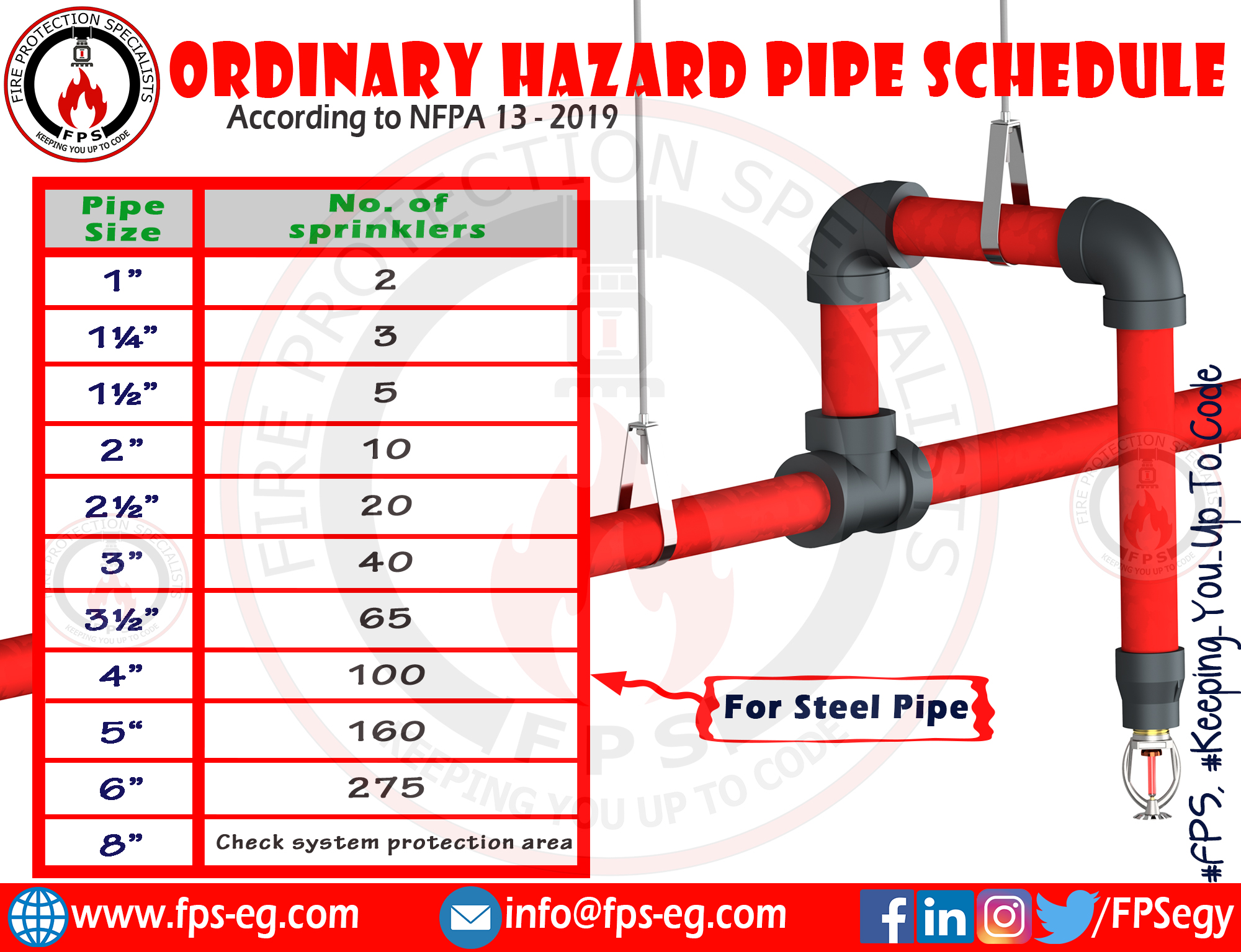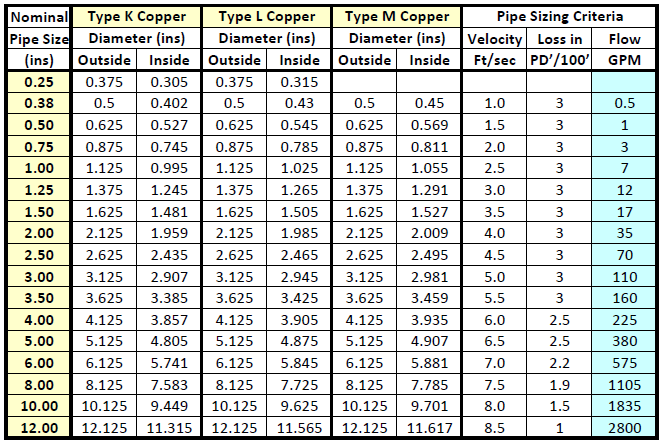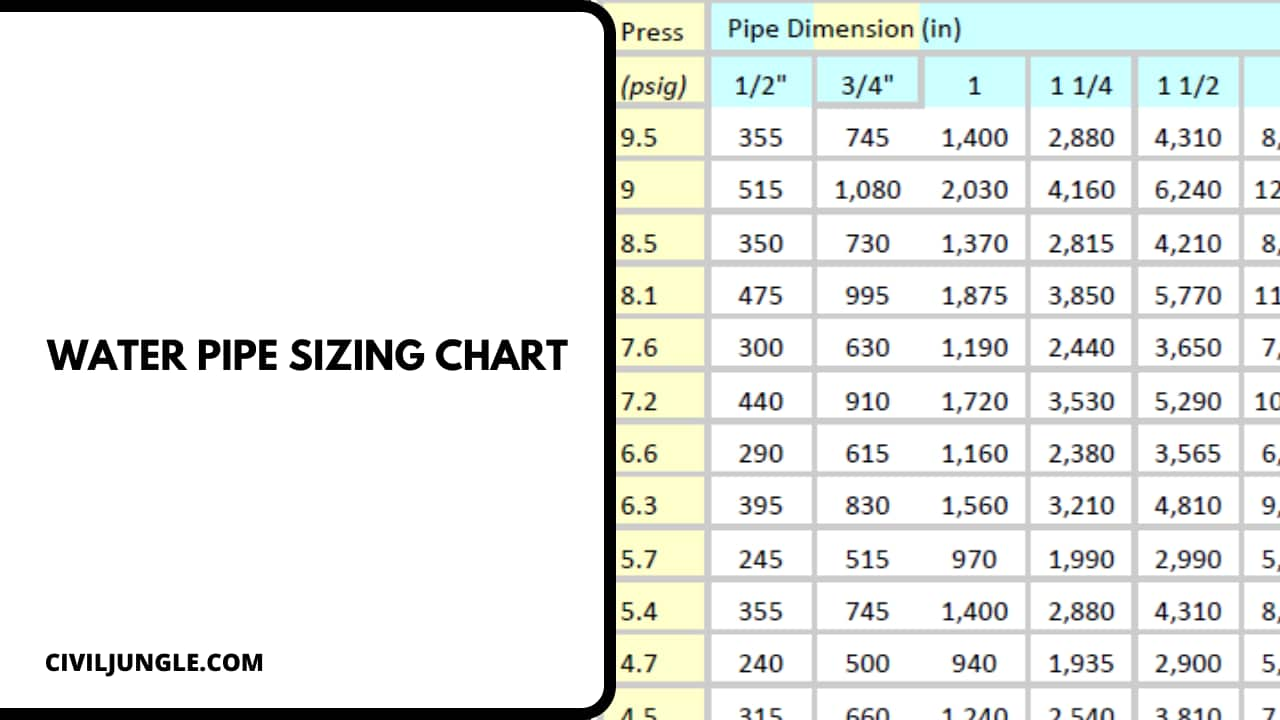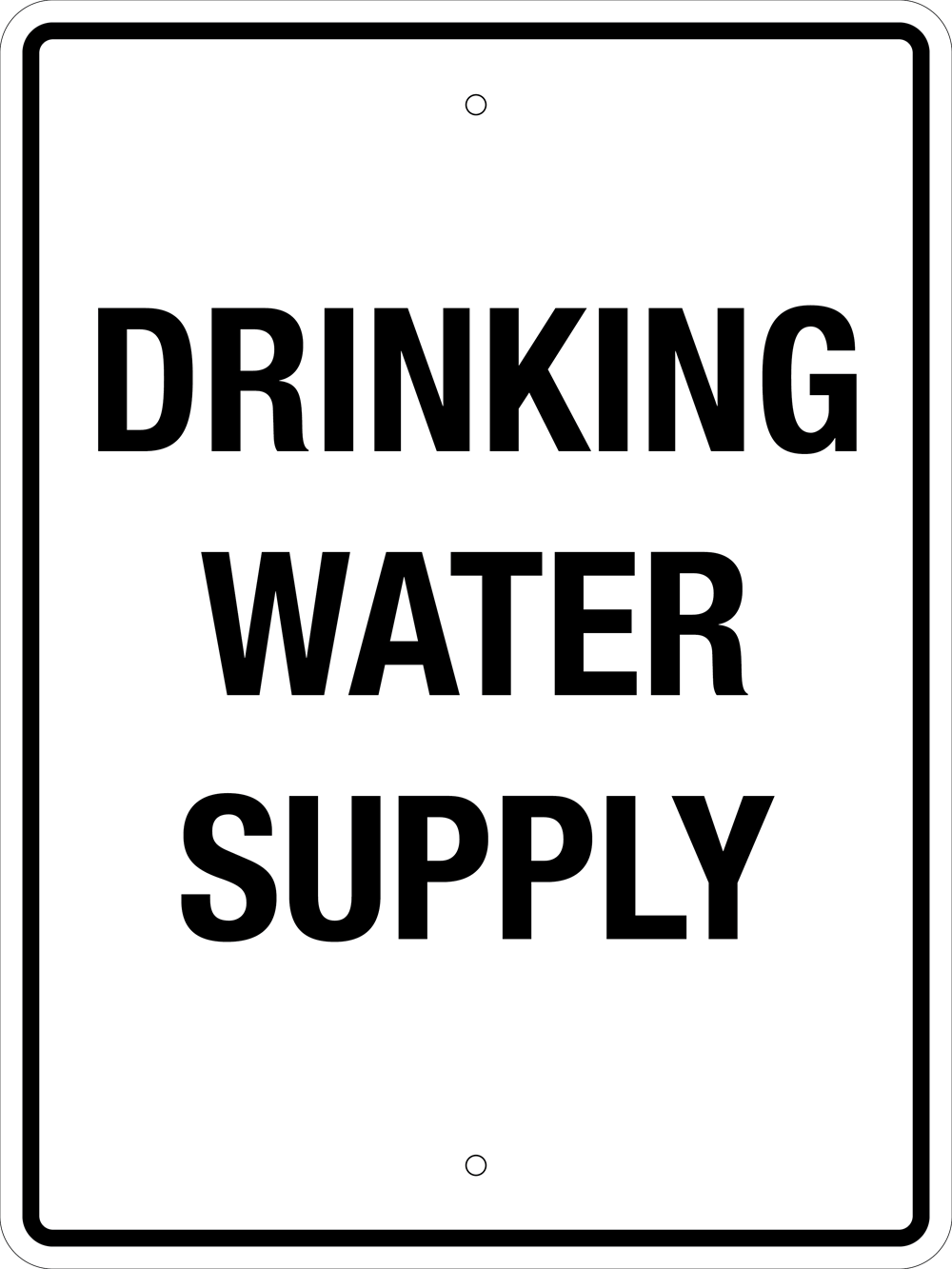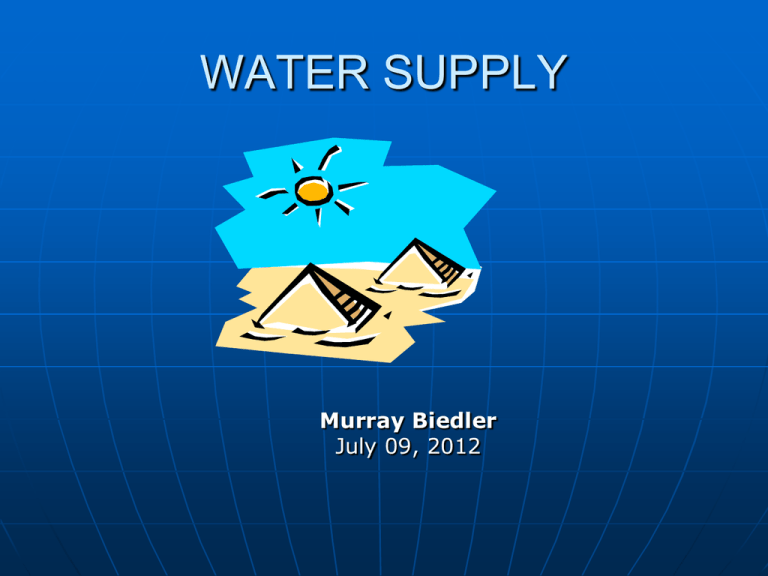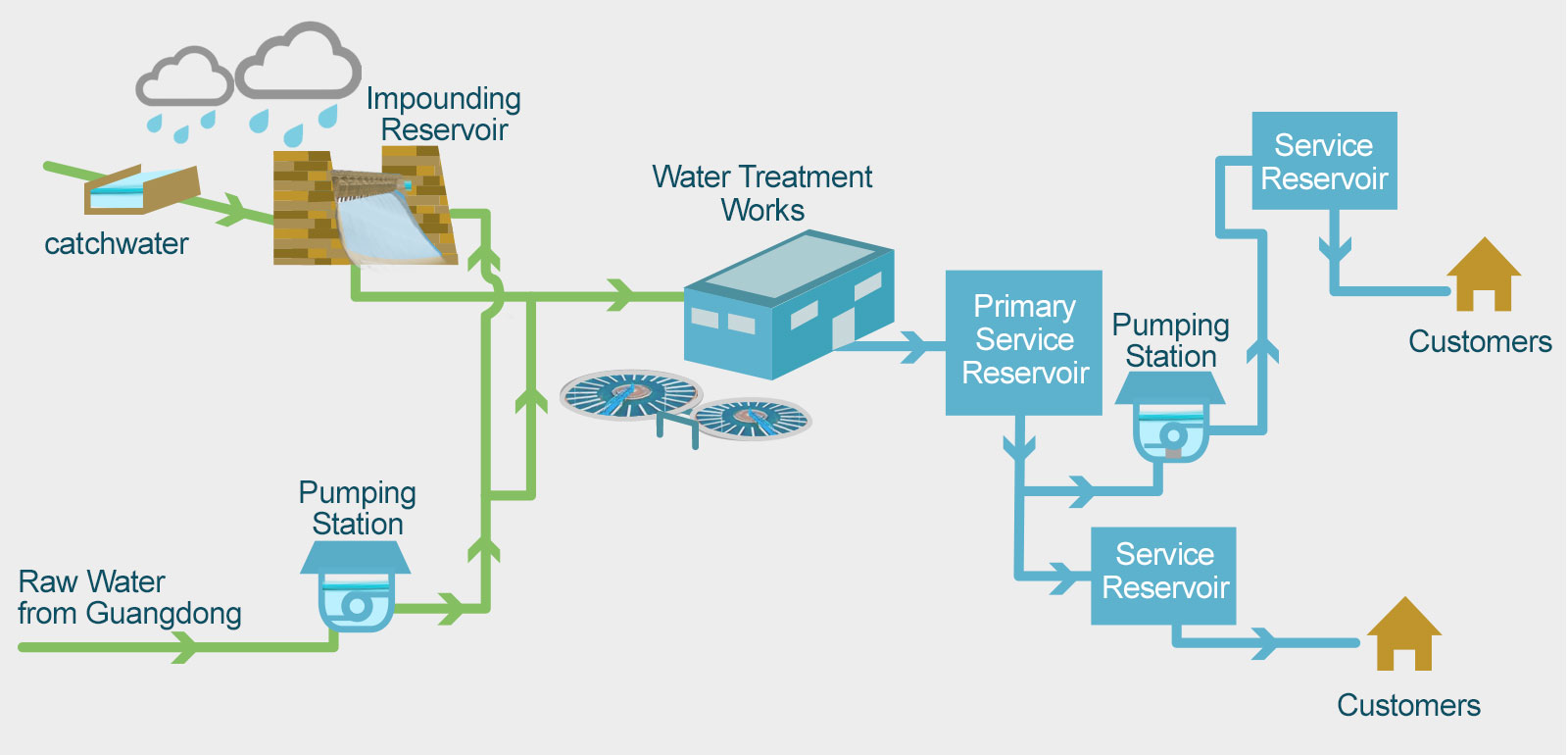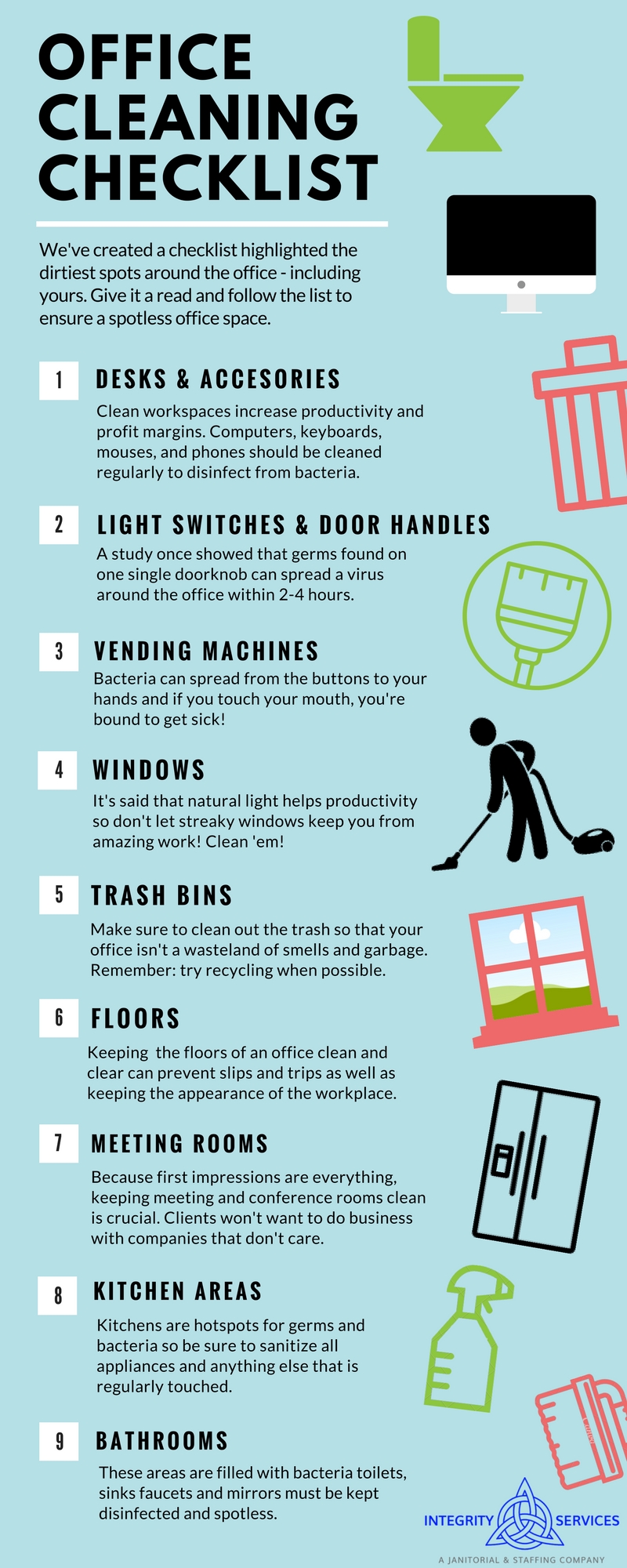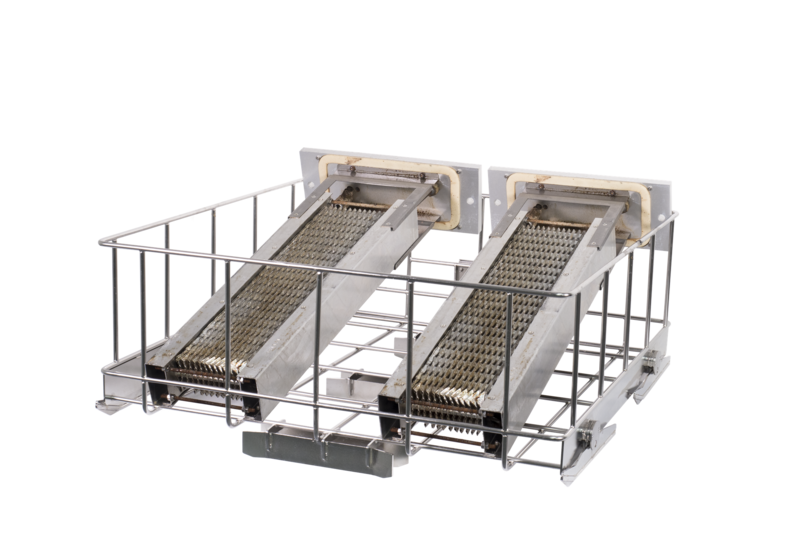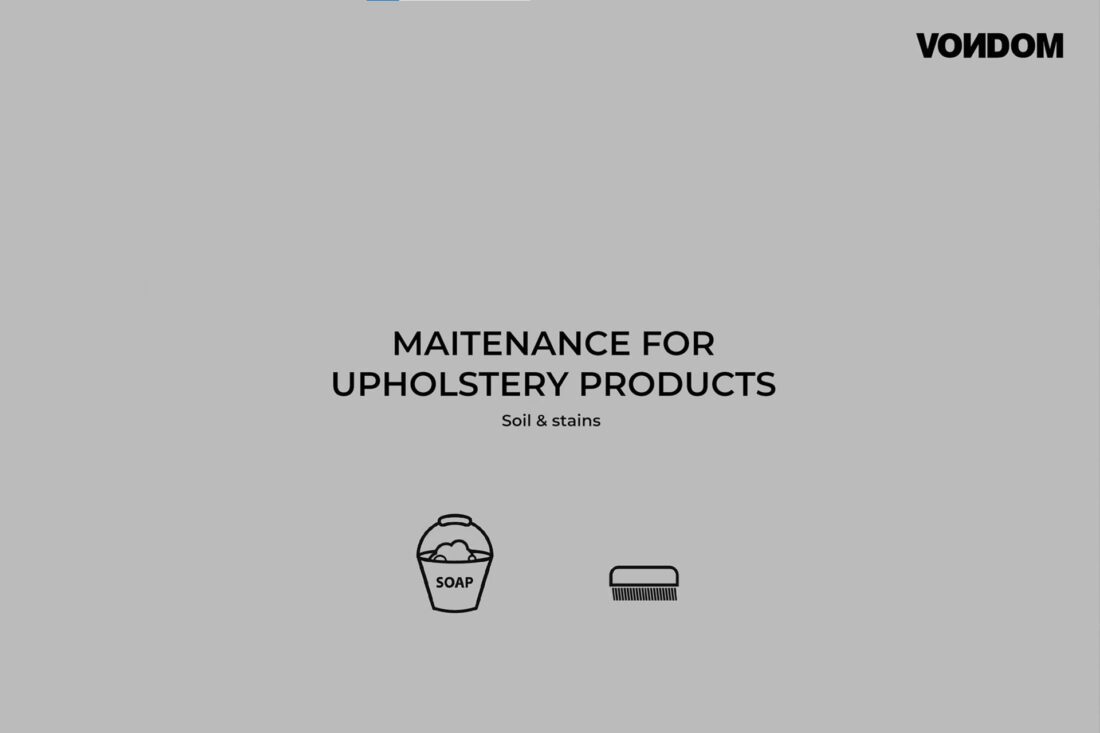When it comes to designing a commercial kitchen drainage system, one of the most important components to consider is the grease trap. These traps are designed to capture and remove fats, oils, and grease (FOG) from the wastewater before it enters the sewer system. This not only helps prevent clogs and backups, but it also keeps your kitchen in compliance with local health codes.1. Grease Traps
Floor drains are another essential part of a commercial kitchen drainage design. These drains are typically located in areas where water is frequently used, such as under sinks, dishwashers, and food prep areas. They help to quickly remove excess water and prevent any potential hazards, such as slips and falls.2. Floor Drains
In addition to floor drains, trench drains are also commonly used in commercial kitchen designs. These drains are long, narrow channels installed in the floor to collect and remove large amounts of water. They are especially useful in areas where large volumes of water are produced, such as in the dishwashing area.3. Trench Drains
Sinks are a staple in any commercial kitchen, but they also play a crucial role in the drainage system. Properly designed sinks should have deep bowls to hold a large amount of water, as well as a high flow rate to quickly drain water and prevent backups. It's also important to consider the placement of sinks in relation to other drainage components to ensure efficient water flow.4. Sinks
Many commercial kitchens utilize garbage disposals to grind up food scraps and prevent clogs in the drain pipes. When designing a drainage system, it's important to choose a disposal that can handle the volume of food waste produced in your kitchen and is properly sized to work with your other drainage components.5. Garbage Disposals
Backflow prevention devices are crucial in commercial kitchen drainage designs. These devices are installed to prevent wastewater from flowing back into the fresh water supply, which can contaminate your water and pose a health hazard. They are required by most health codes and should be regularly inspected and maintained.6. Backflow Prevention
Proper venting systems are essential for any commercial kitchen drainage design. These systems help to release trapped air and prevent vacuum issues that can hinder water flow. They also help to regulate air pressure and prevent unpleasant odors in the kitchen.7. Venting Systems
When designing a commercial kitchen drainage system, it's important to consider the pipe sizing to ensure efficient water flow. The size and slope of pipes are crucial factors that can impact the overall performance of the system. Properly sized pipes help to prevent clogs and backups, ensuring a smooth and effective drainage system.8. Pipe Sizing
The water supply is also an important aspect to consider when designing a commercial kitchen drainage system. The supply should be properly sized to meet the demands of your kitchen and should be easily accessible for regular maintenance and cleaning. It's also important to have shut-off valves in case of emergencies.9. Water Supply
Finally, one of the most crucial aspects of commercial kitchen drainage design is maintenance and cleaning. Regular maintenance and cleaning of all the components, including grease traps, drains, and pipes, are essential to keep the system functioning properly. This not only helps to prevent clogs and backups but also ensures a safe and sanitary kitchen environment.10. Maintenance and Cleaning
Ensuring Efficient and Safe Commercial Kitchen Drainage Design
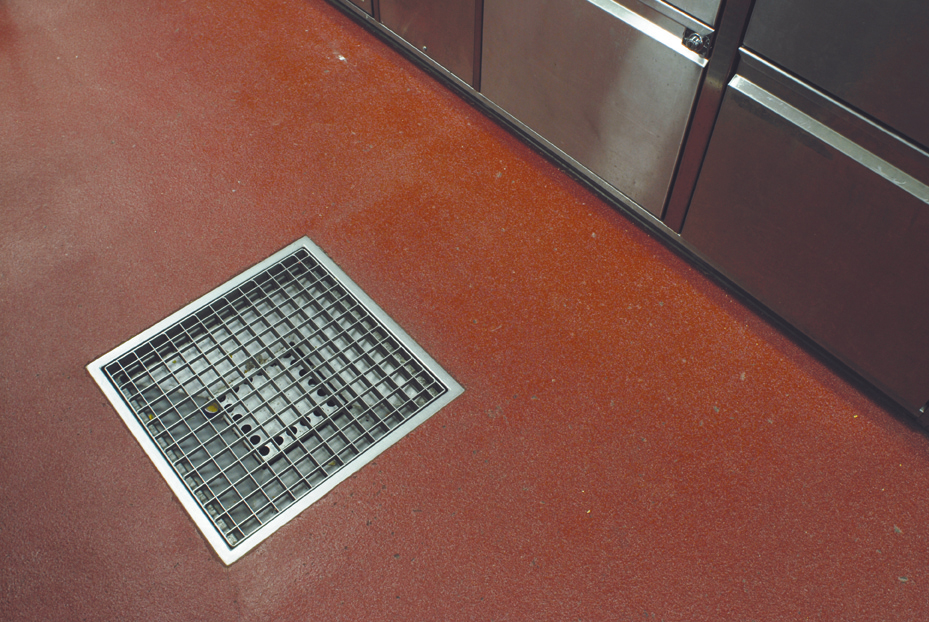
The Importance of Proper Drainage in Commercial Kitchens
 Commercial kitchens are high-traffic areas that require a lot of attention when it comes to safety and cleanliness. One crucial aspect of a commercial kitchen's design is the drainage system. Proper drainage is essential for keeping the kitchen clean, preventing the buildup of bacteria and odors, and ensuring the safety of employees and customers. A well-designed drainage system can also help save time and money in the long run. Therefore, it is crucial to give proper consideration to the drainage design when planning a commercial kitchen.
Commercial kitchens are high-traffic areas that require a lot of attention when it comes to safety and cleanliness. One crucial aspect of a commercial kitchen's design is the drainage system. Proper drainage is essential for keeping the kitchen clean, preventing the buildup of bacteria and odors, and ensuring the safety of employees and customers. A well-designed drainage system can also help save time and money in the long run. Therefore, it is crucial to give proper consideration to the drainage design when planning a commercial kitchen.
Factors to Consider in Commercial Kitchen Drainage Design
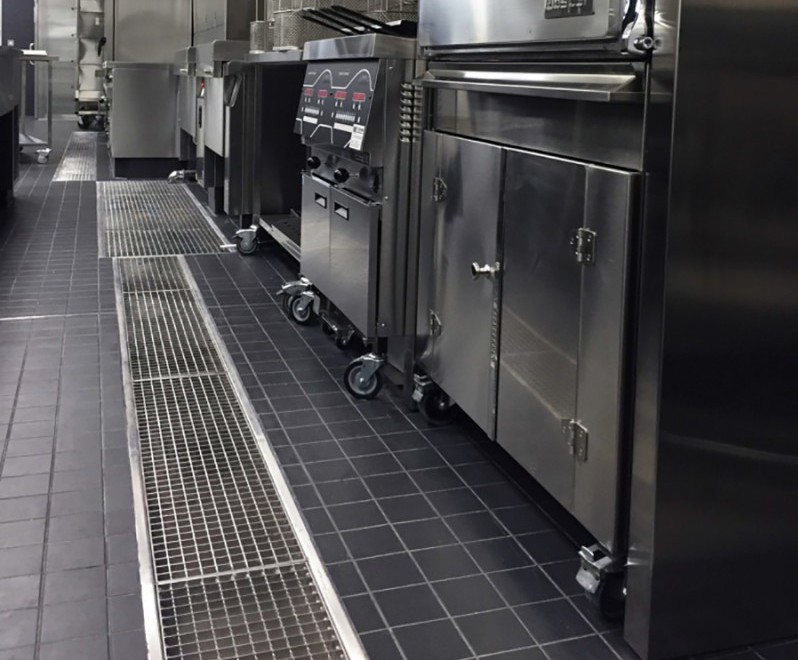 When designing the drainage system for a commercial kitchen, there are several important factors to keep in mind. First and foremost, the layout and flow of the kitchen must be considered. The drainage system should be strategically placed to ensure that all areas of the kitchen are easily accessible and can be efficiently drained. It is also crucial to consider the types of equipment and appliances in the kitchen, as these will affect the placement and size of drainage pipes.
Proper Sloping and Grading
One of the most critical elements of a successful commercial kitchen drainage design is proper sloping and grading. The floor should be sloped towards the drains to ensure that water and other liquids flow towards them naturally. This helps prevent standing water, which can lead to bacteria growth and potential slip hazards. It is also important to ensure that the drains are adequately sized for the volume of water they will receive to prevent clogging.
High-Quality Materials
In a commercial kitchen, the drainage system will be subjected to high levels of heat, moisture, and grease. Therefore, it is crucial to use high-quality materials that can withstand these harsh conditions. Stainless steel is a popular choice for commercial kitchen drainage systems as it is durable, corrosion-resistant, and easy to clean. It is also important to regularly maintain and clean the drainage system to prevent buildup and potential blockages.
Compliance with Codes and Regulations
When designing a commercial kitchen drainage system, it is crucial to ensure that it complies with all local codes and regulations. These codes and regulations are in place to ensure the safety and health of both employees and customers. Failure to comply with these codes can result in costly fines and potentially endanger the reputation of the business.
When designing the drainage system for a commercial kitchen, there are several important factors to keep in mind. First and foremost, the layout and flow of the kitchen must be considered. The drainage system should be strategically placed to ensure that all areas of the kitchen are easily accessible and can be efficiently drained. It is also crucial to consider the types of equipment and appliances in the kitchen, as these will affect the placement and size of drainage pipes.
Proper Sloping and Grading
One of the most critical elements of a successful commercial kitchen drainage design is proper sloping and grading. The floor should be sloped towards the drains to ensure that water and other liquids flow towards them naturally. This helps prevent standing water, which can lead to bacteria growth and potential slip hazards. It is also important to ensure that the drains are adequately sized for the volume of water they will receive to prevent clogging.
High-Quality Materials
In a commercial kitchen, the drainage system will be subjected to high levels of heat, moisture, and grease. Therefore, it is crucial to use high-quality materials that can withstand these harsh conditions. Stainless steel is a popular choice for commercial kitchen drainage systems as it is durable, corrosion-resistant, and easy to clean. It is also important to regularly maintain and clean the drainage system to prevent buildup and potential blockages.
Compliance with Codes and Regulations
When designing a commercial kitchen drainage system, it is crucial to ensure that it complies with all local codes and regulations. These codes and regulations are in place to ensure the safety and health of both employees and customers. Failure to comply with these codes can result in costly fines and potentially endanger the reputation of the business.
Final Thoughts
 Proper drainage design is a crucial aspect of any commercial kitchen. It not only ensures the cleanliness and safety of the kitchen but also plays a significant role in the overall efficiency and functionality of the space. By considering factors such as proper sloping, high-quality materials, and compliance with codes and regulations, a well-designed commercial kitchen drainage system can save time, money, and potential headaches in the long run.
Proper drainage design is a crucial aspect of any commercial kitchen. It not only ensures the cleanliness and safety of the kitchen but also plays a significant role in the overall efficiency and functionality of the space. By considering factors such as proper sloping, high-quality materials, and compliance with codes and regulations, a well-designed commercial kitchen drainage system can save time, money, and potential headaches in the long run.



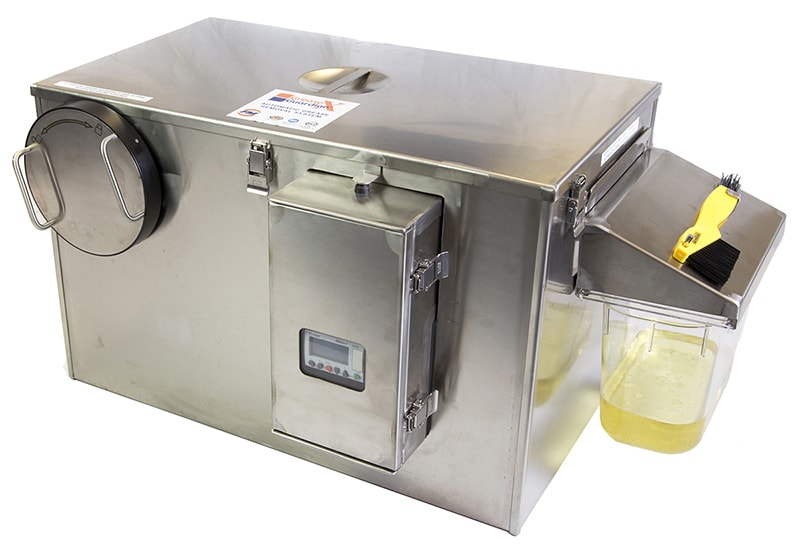

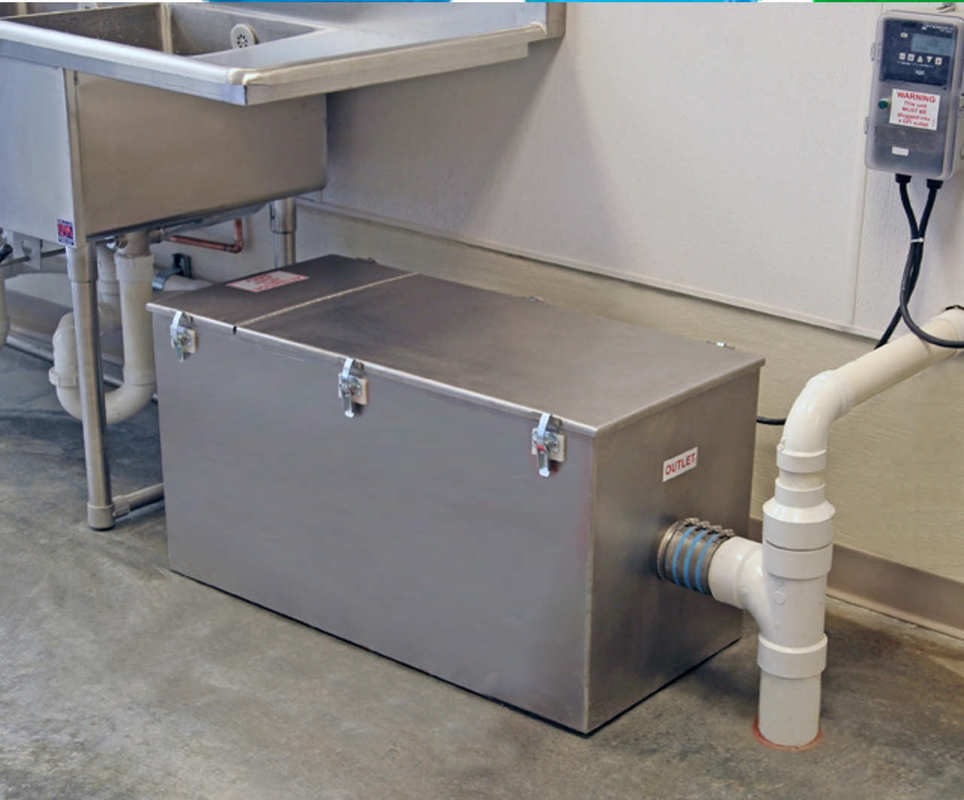
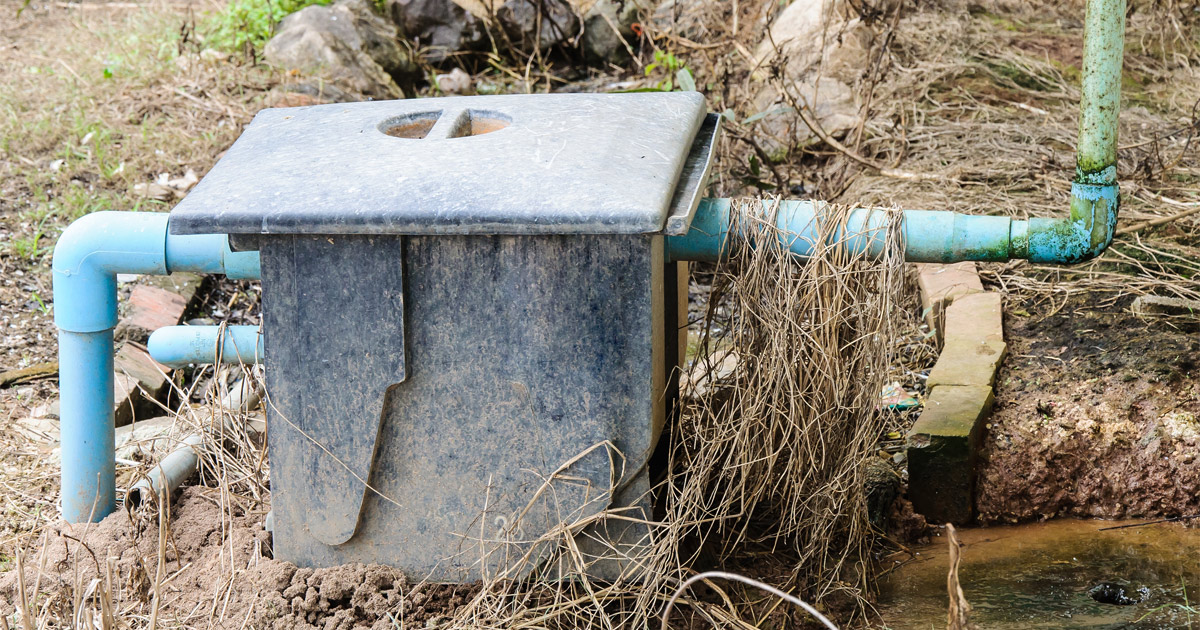

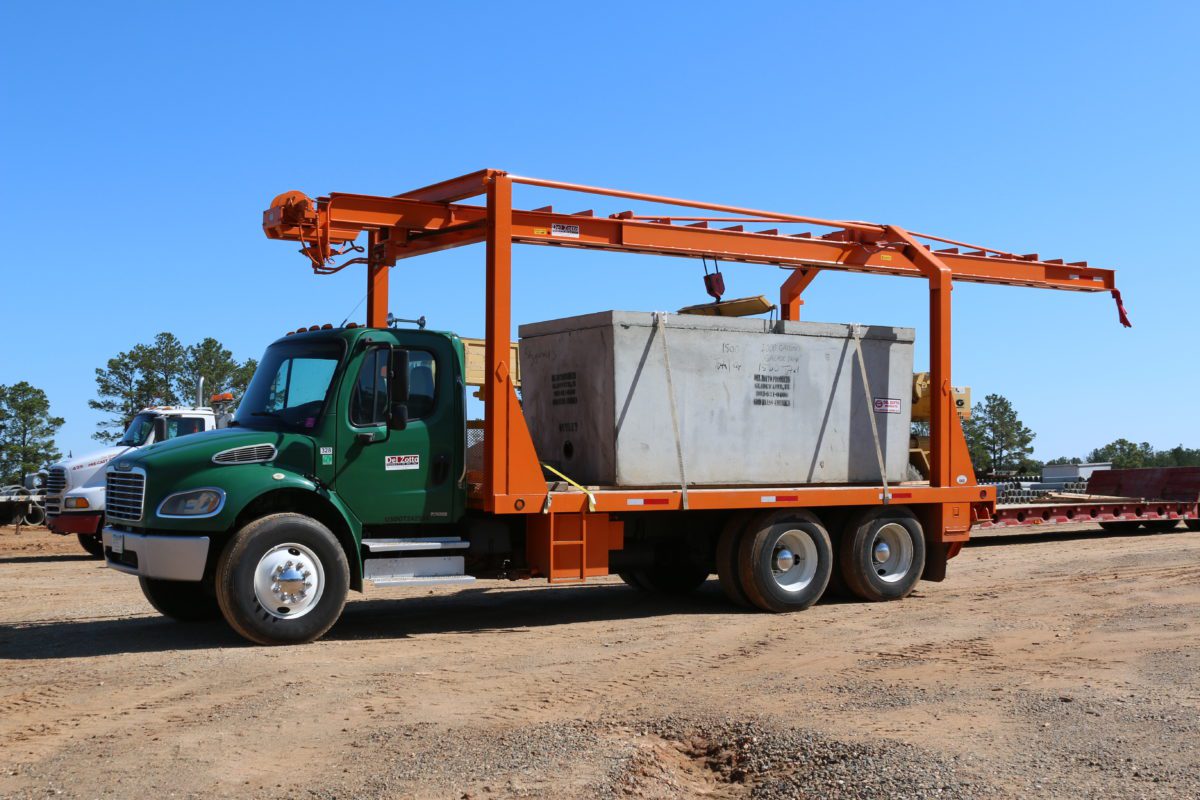





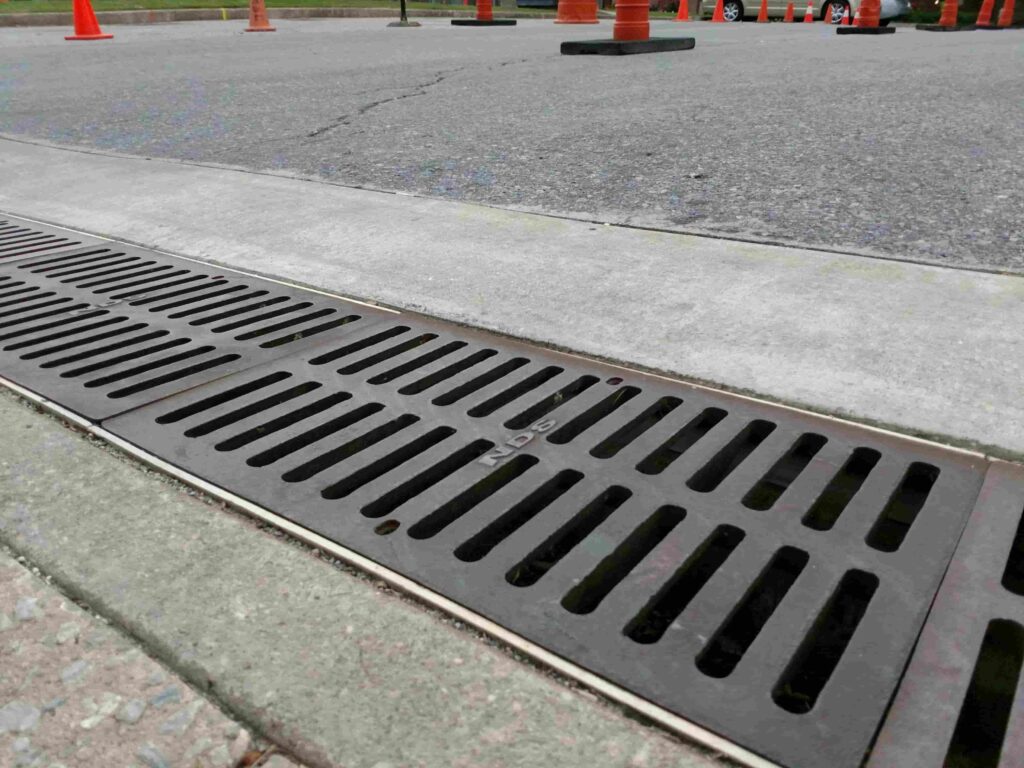
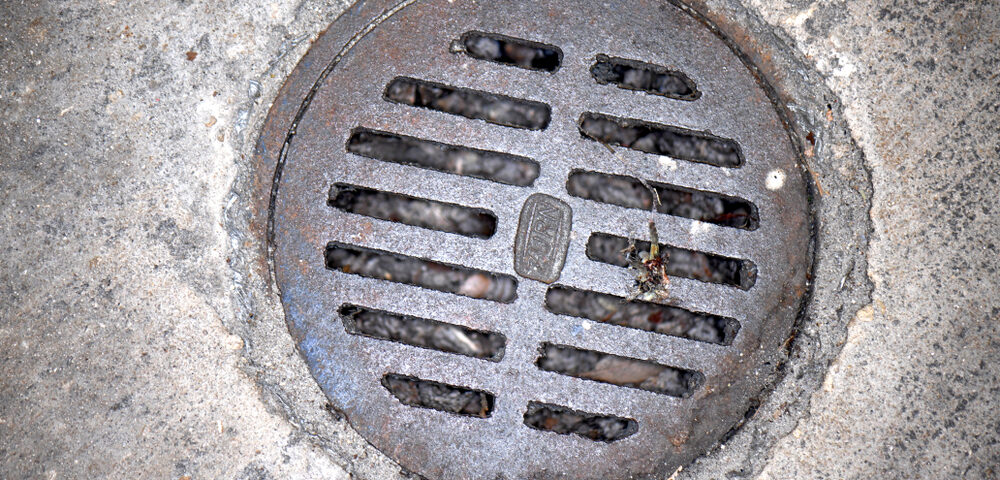


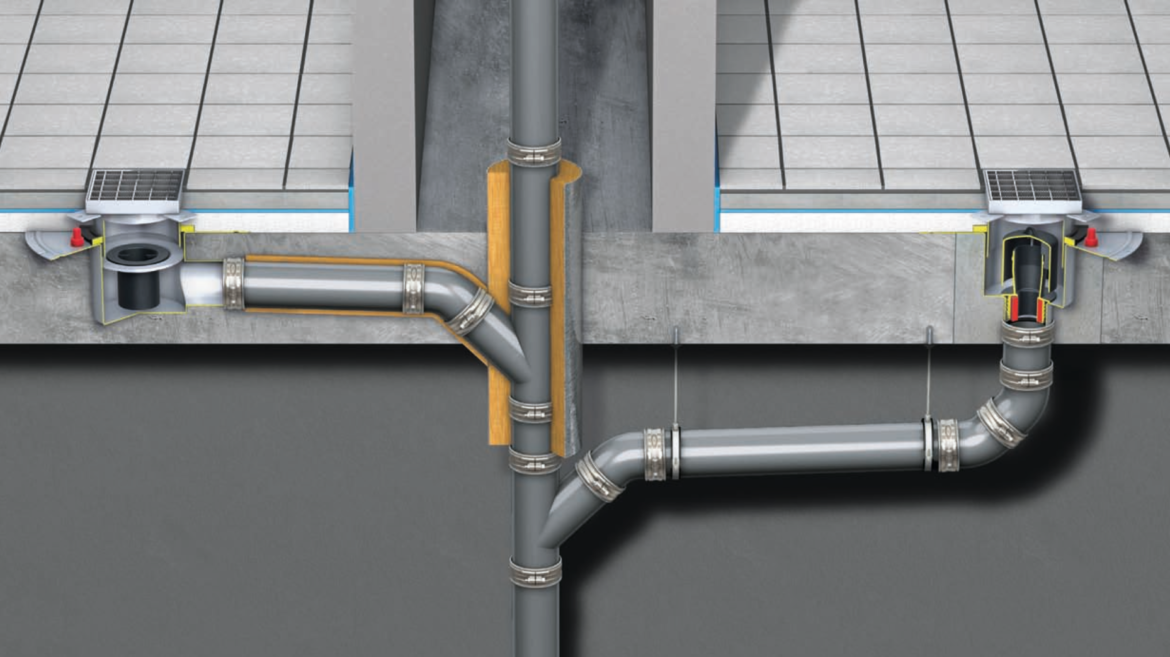
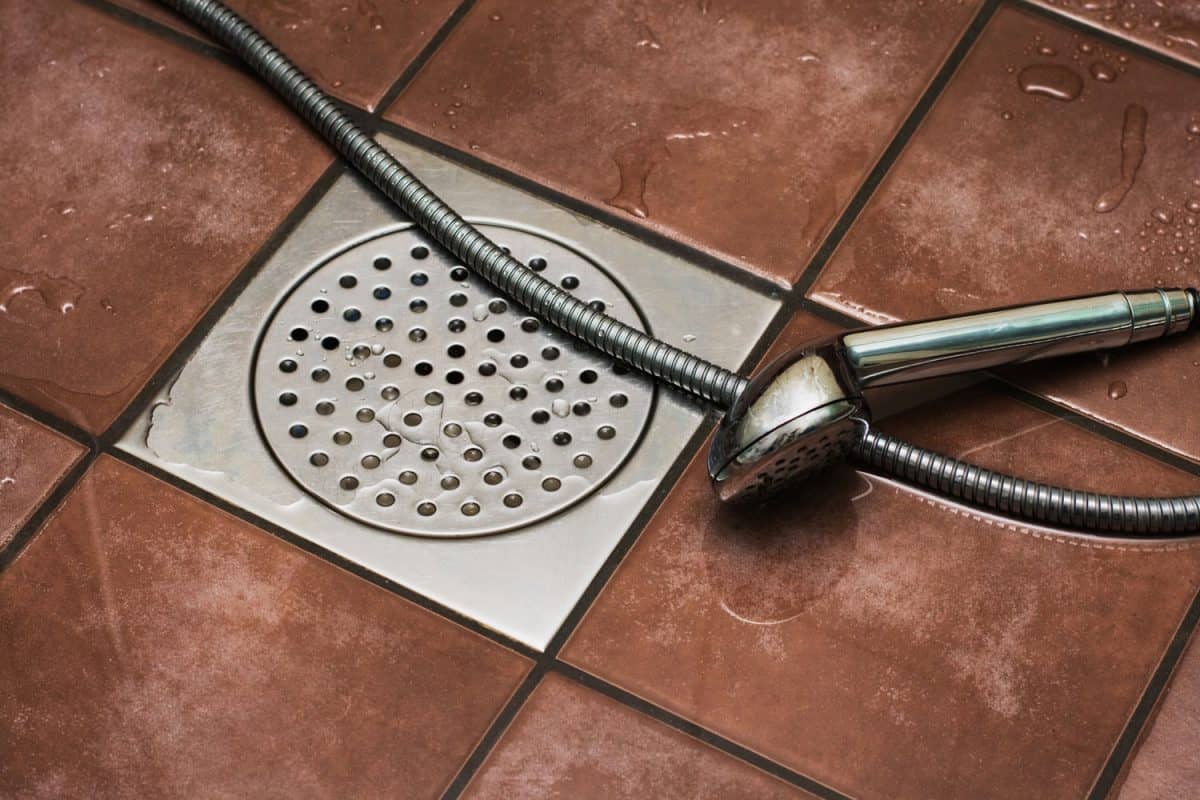
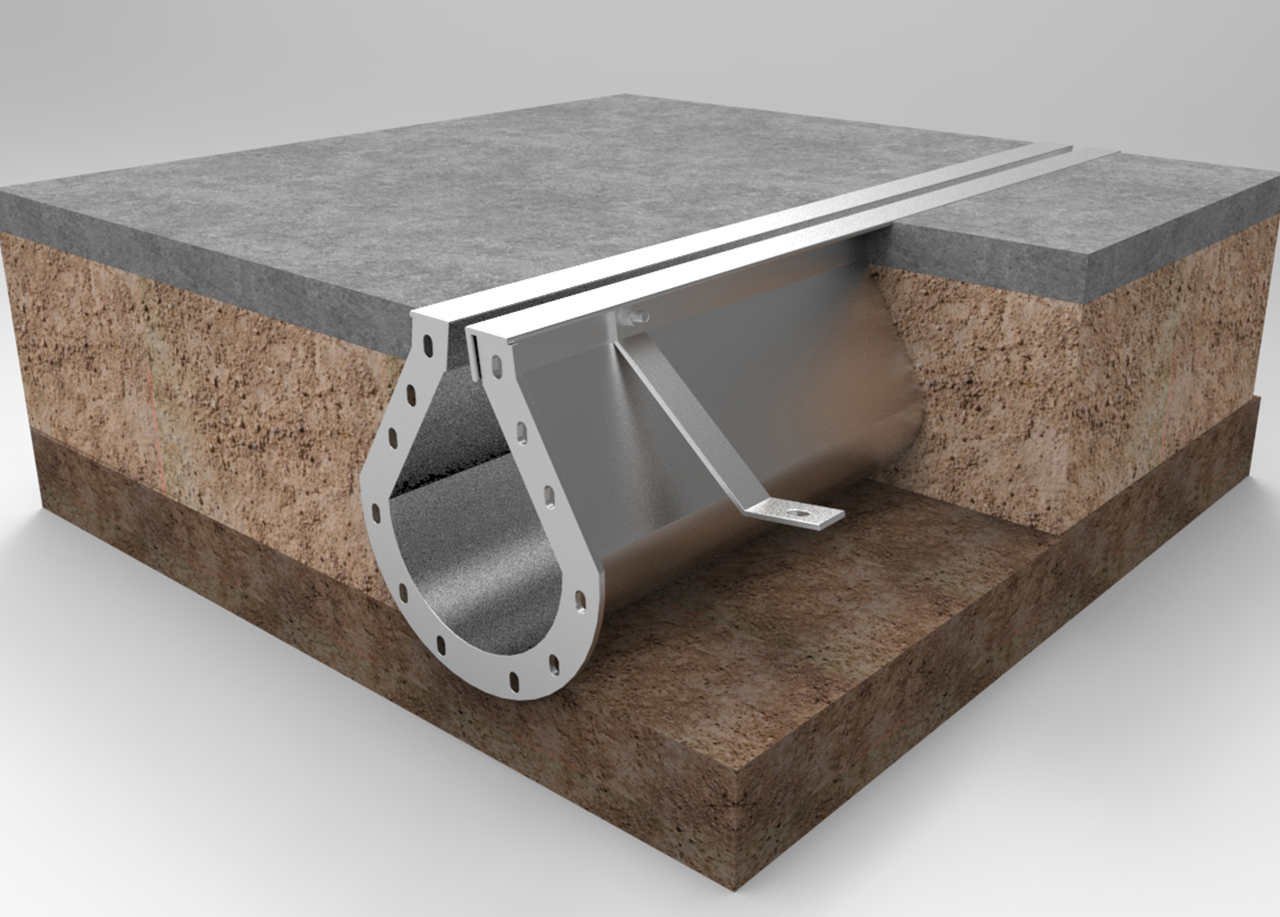
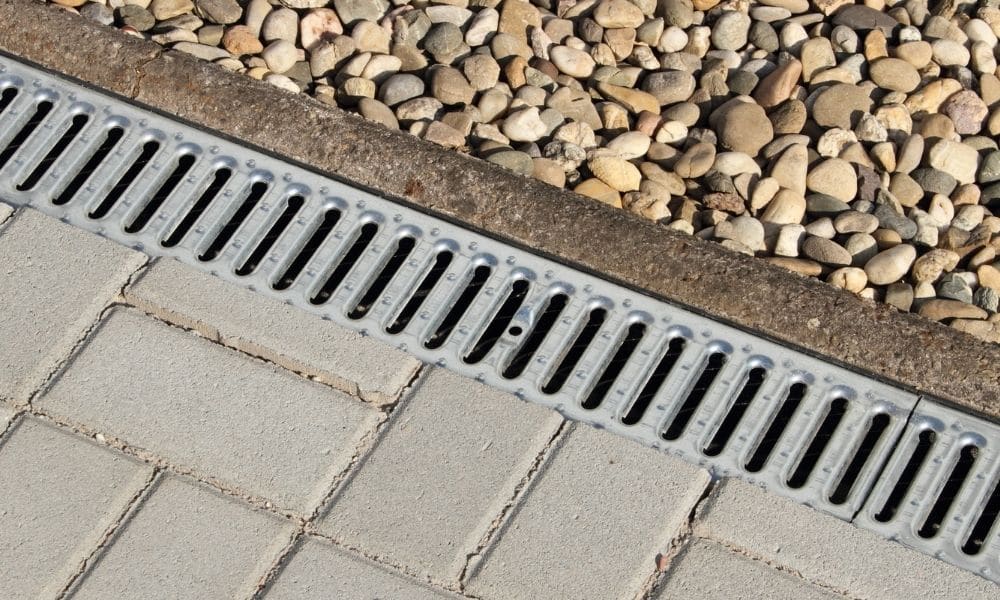
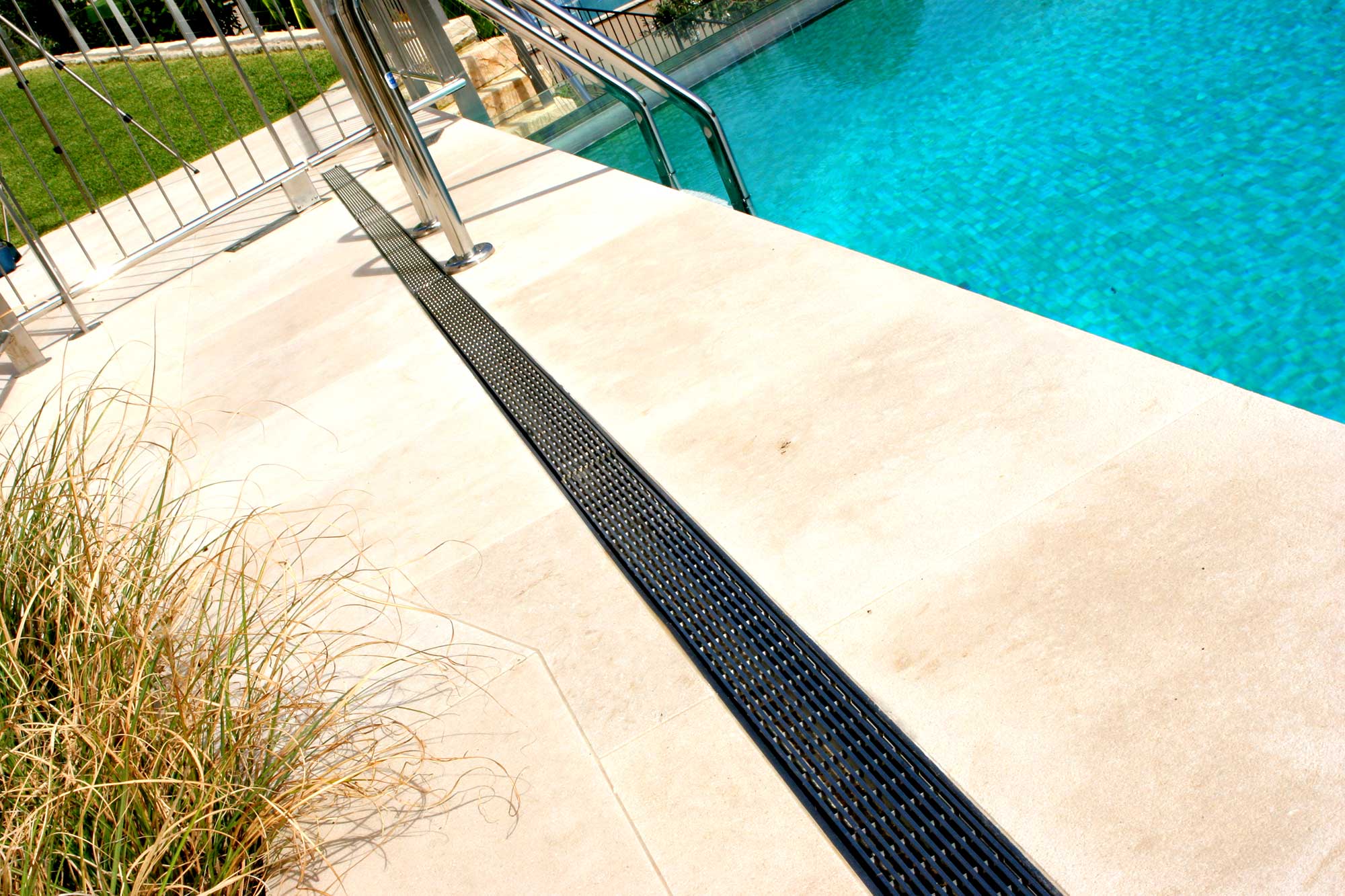


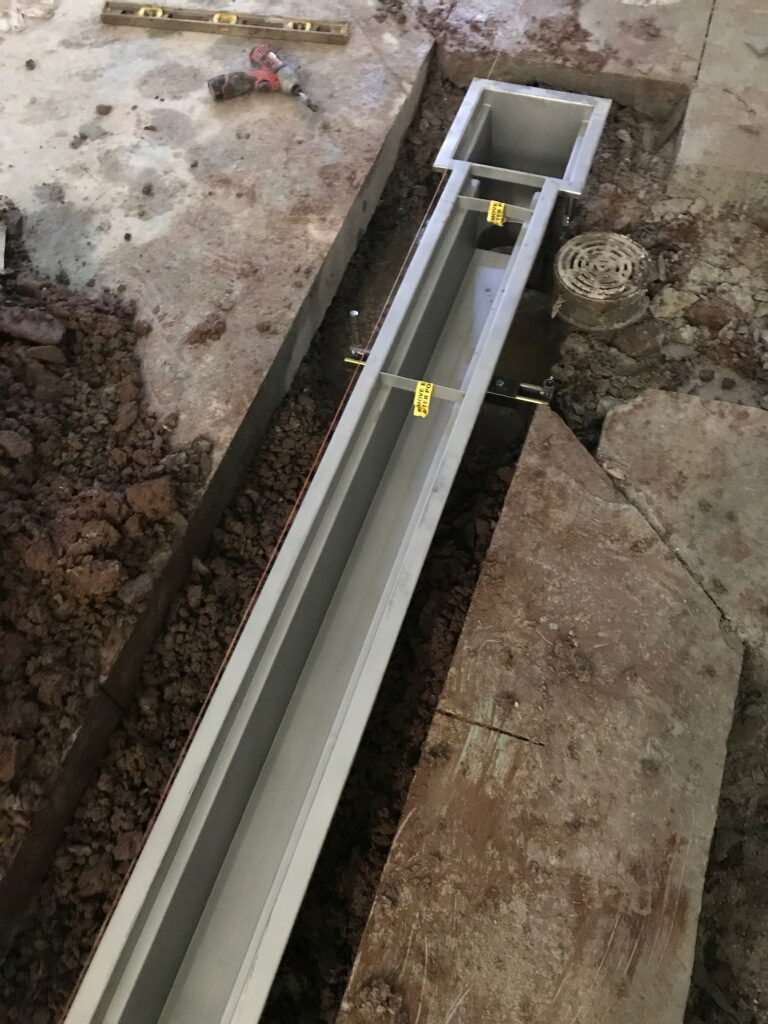
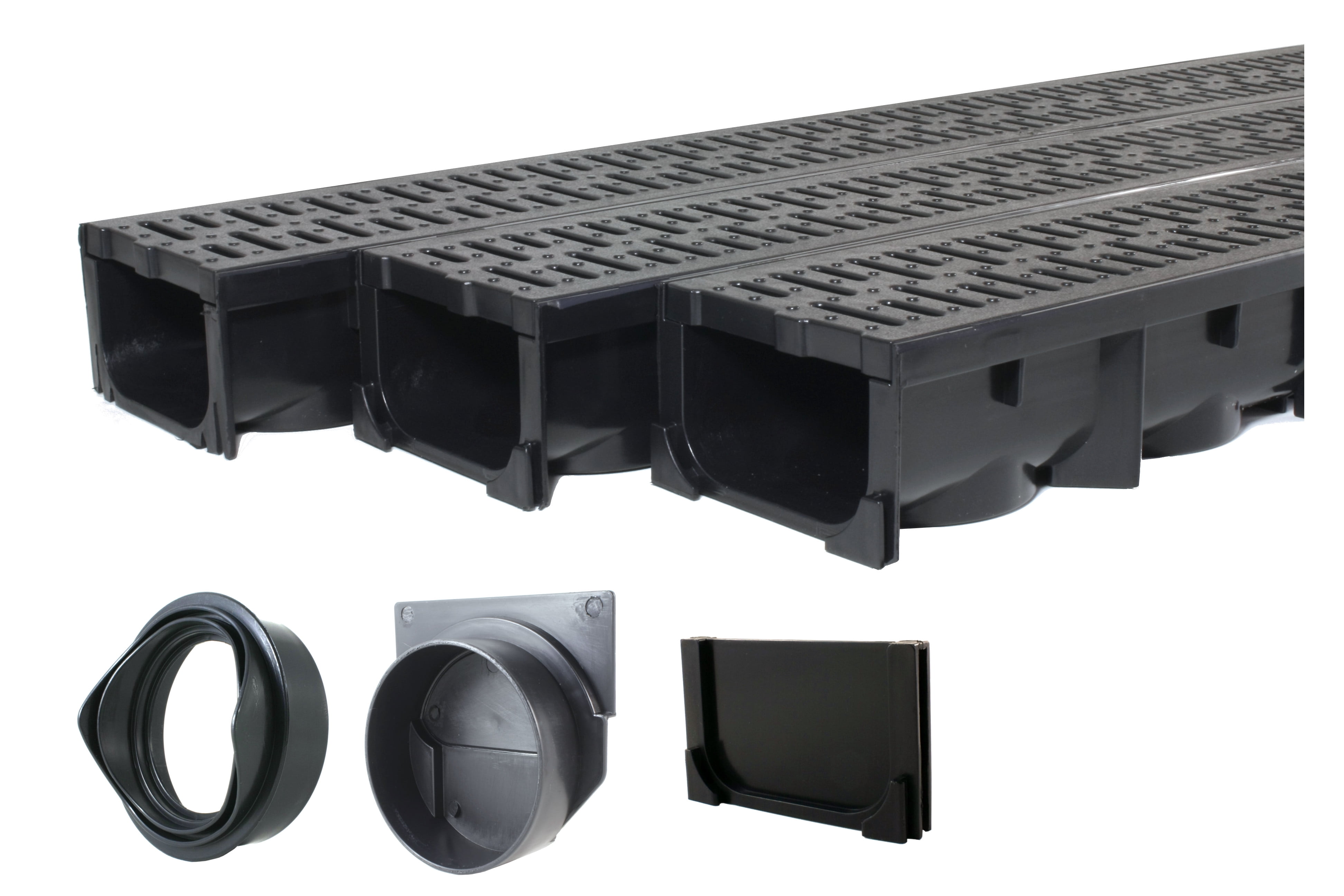
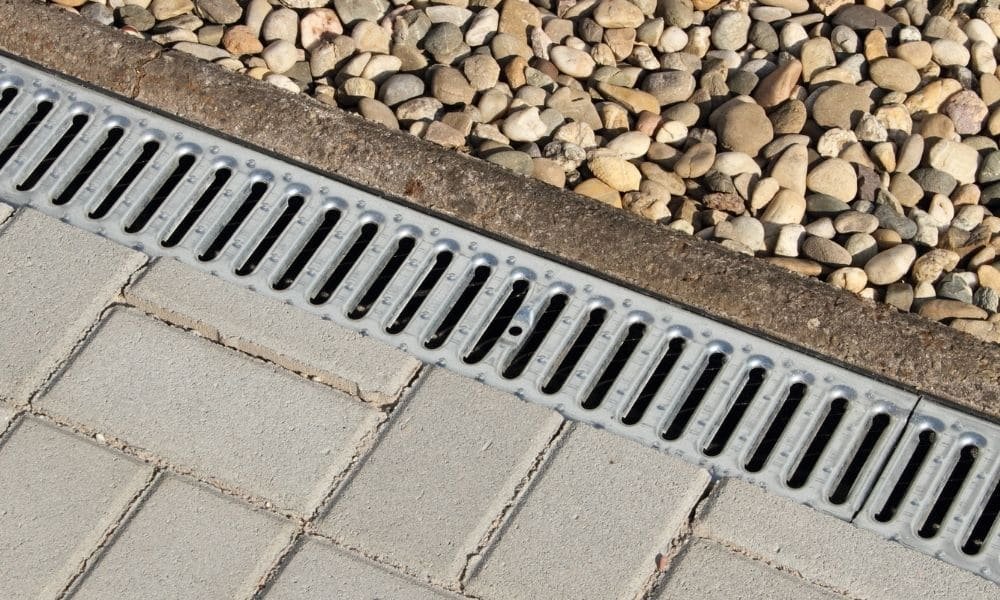







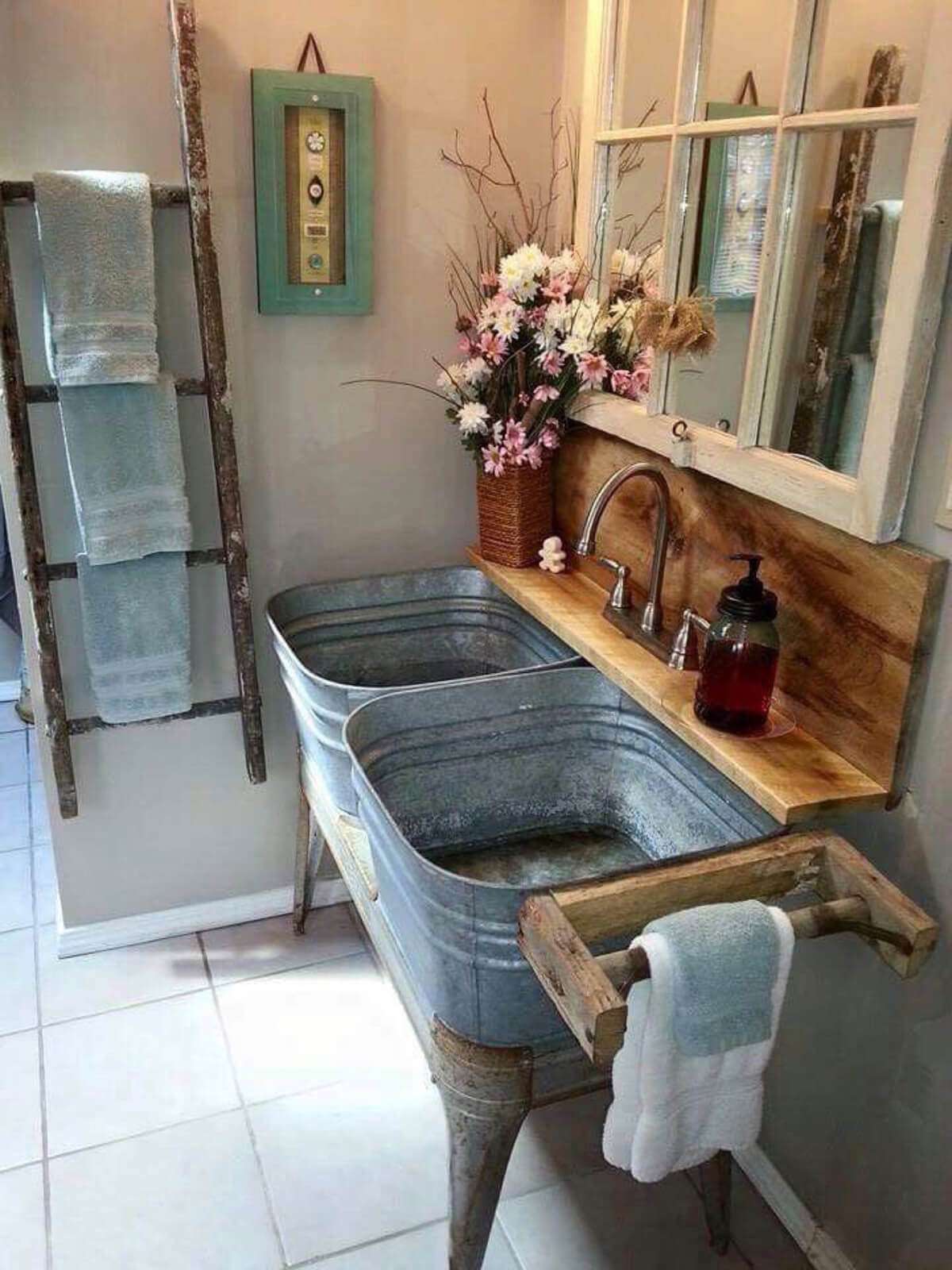






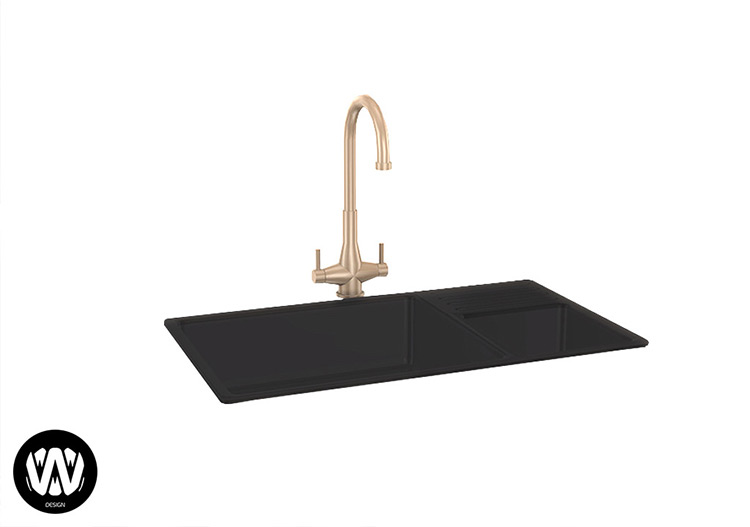


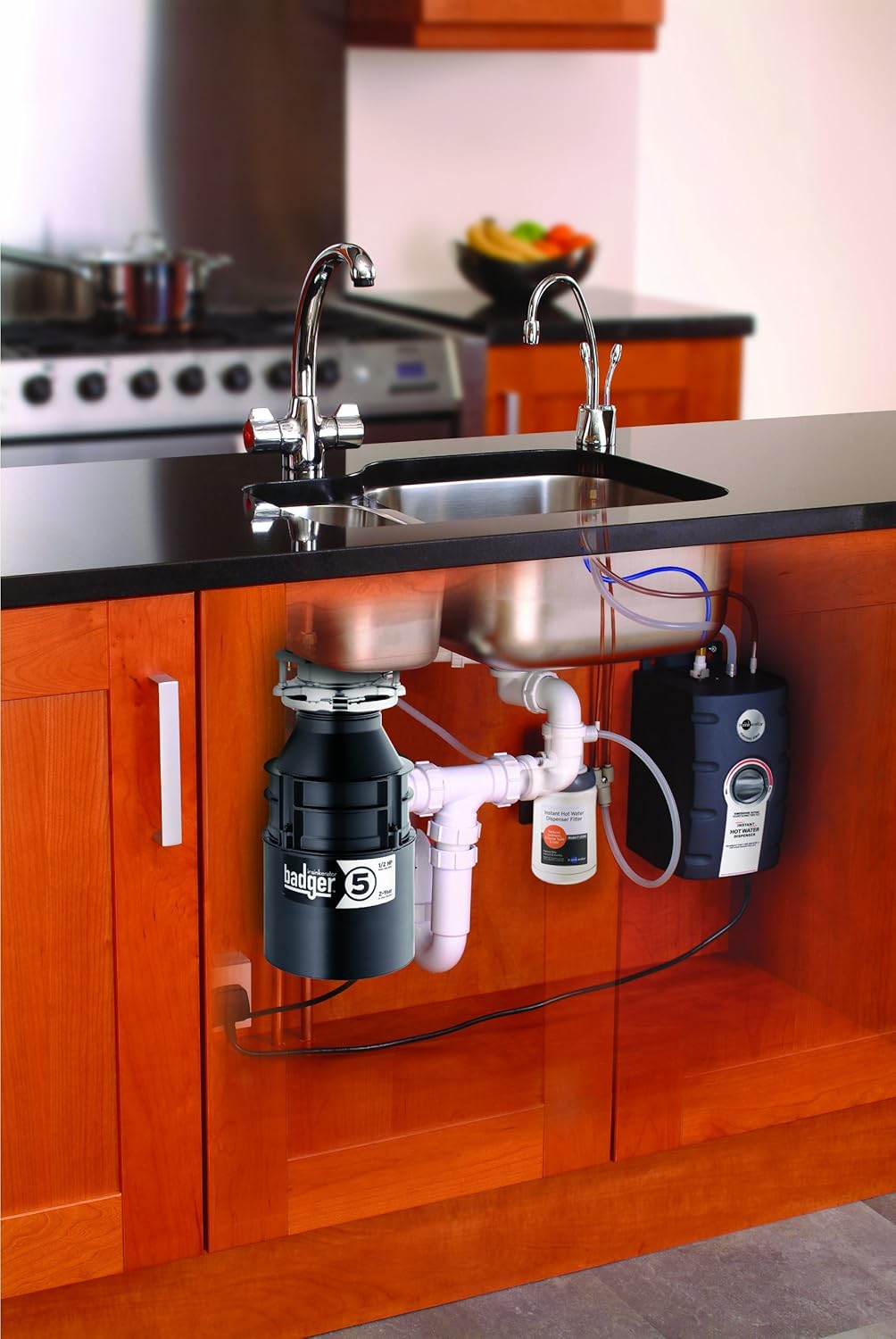
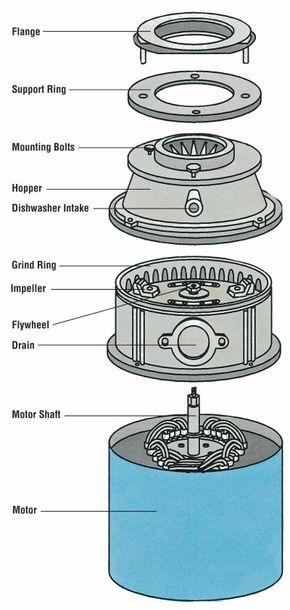
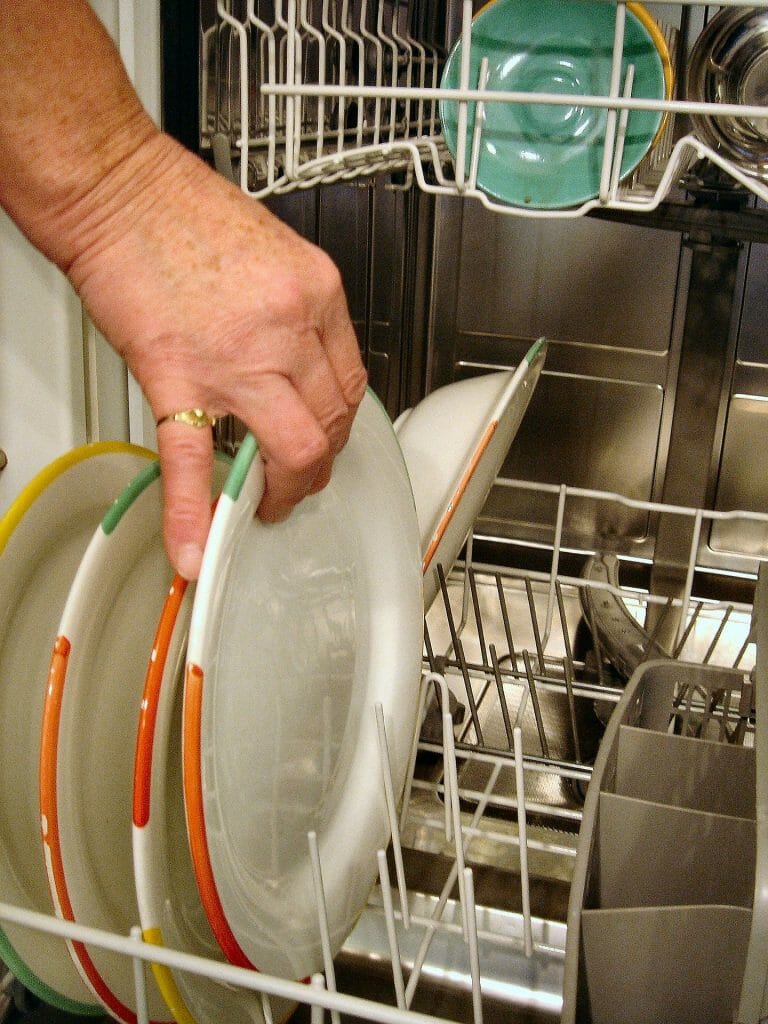
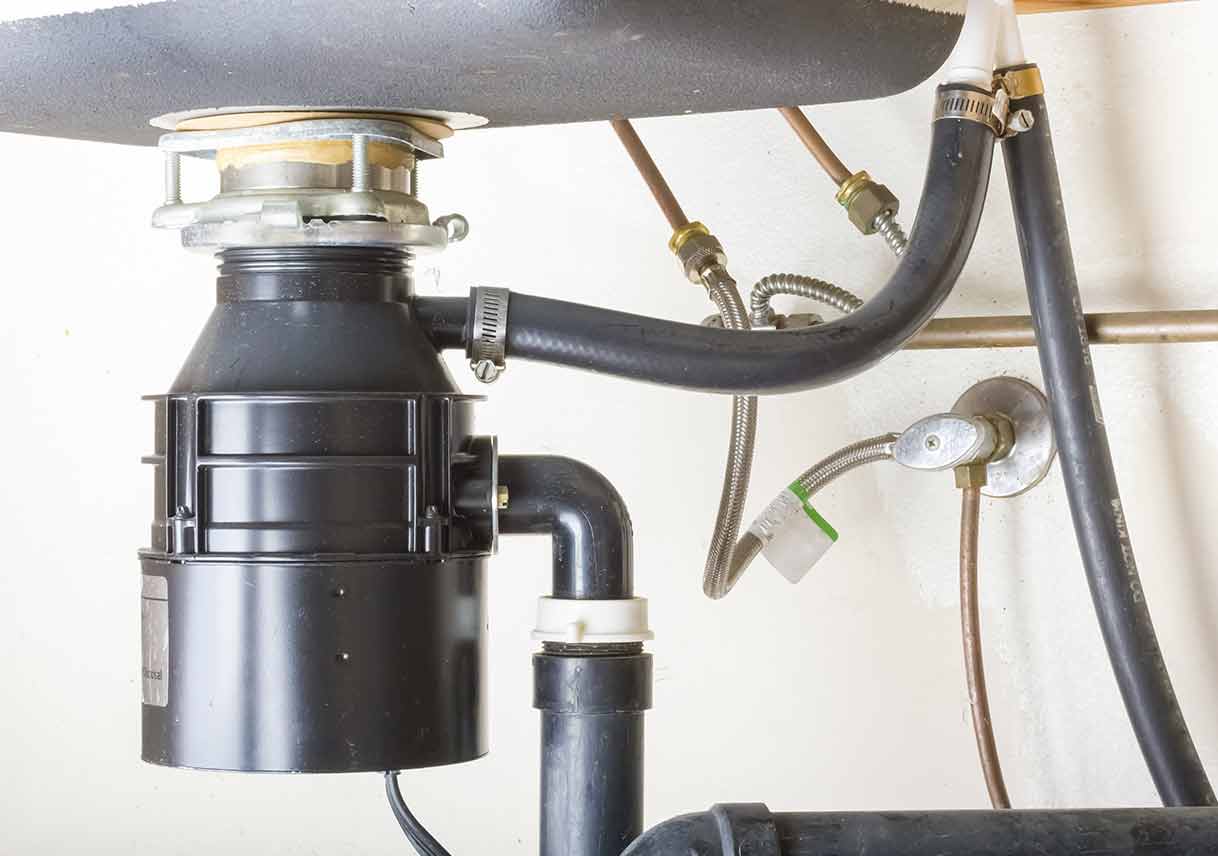




/GettyImages-758587741-5c23c99bc9e77c0001ac4cbc.jpg)
:max_bytes(150000):strip_icc()/gar_disp_expl_view-640-56a4a2d25f9b58b7d0d7effe-59b351b6d963ac0011978ee3.jpg)

